Blog Details
How To Choose a Watch
May 24, 2024
A short guide to considering and selecting a timepiece
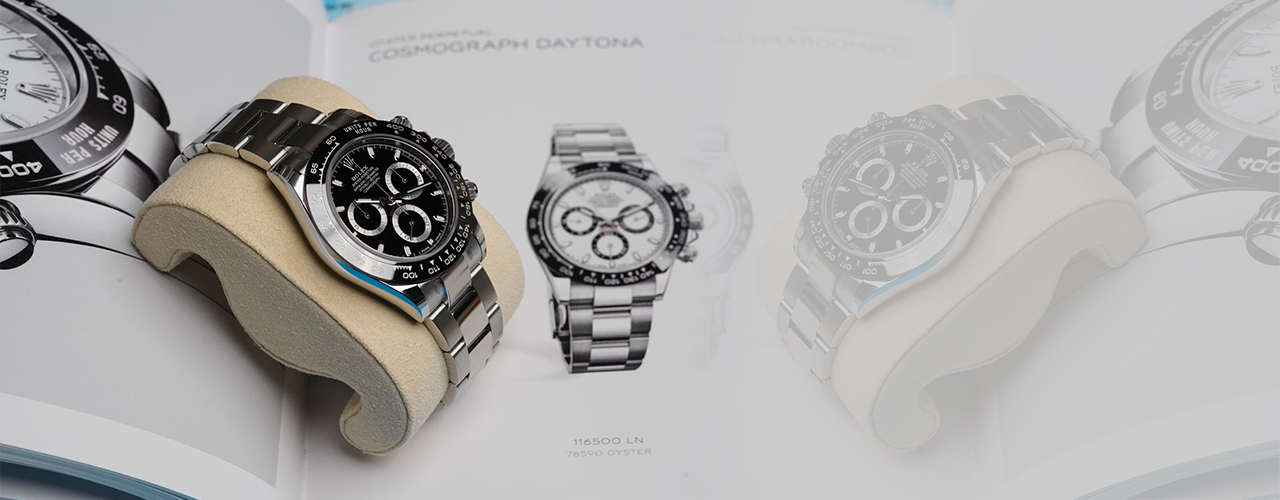
Choosing a watch can be a long and complicated journey involving months of research; or it can be an impulsive decision made in seconds. Different people enjoy different watches, and there is no perfect equation that can determine the best watch for you. However, it may still be useful to distill the process of selecting a timepiece into a simple procedure so long as it accounts for the subjectivity inherent in our attraction to certain watches. The following framework can help guide your thinking behind watch consideration and selection.
While there are countless features to consider when searching for a new watch, they can be summarized by four categories: price, quality, brand, and fit. Quality broadly consists of three subparts: finishing, design, and technical specifications.
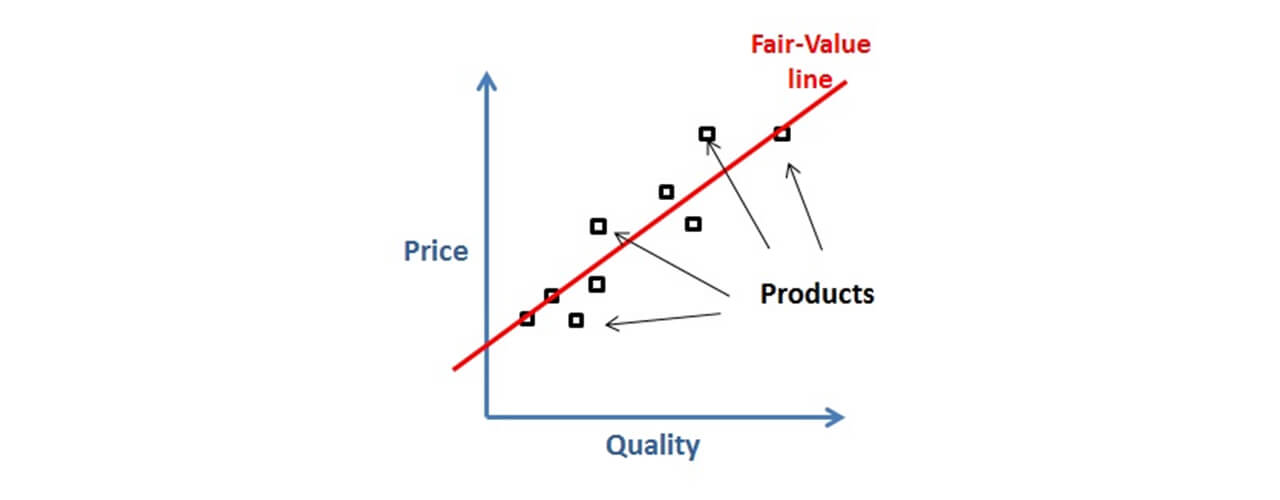
Price and quality are usually modeled with a linear relationship: as price increases, quality does too. In other words, there is a "fair-value" line, and some products may fall below that line while others may be above it. Luxury goods command a price premium largely due to features unrelated to the physical product attributes which constitute quality. The most important of these additional features is brand. Some brands are more exclusive and prestigious than others. While many buyers outwardly shun brand in favor of product quality alone, most cannot escape the value that certain labels offer.
Price
In watchmaking, there is value to be found at every price range. It is important to have both an upper and lower bound in mind to guide your search. Often, this range is not clearly delineated, and many buyers find themselves exceeding their original budget constraint when confronted with the attractiveness of a pricier piece. As a rule, it is inadvisable to prioritize watches over necessities or take out debt to fund a watch purchase.
Resale is also an important consideration. It is easy to fall out of love with a timepiece, and you will want to be able to sell it when you do. Popular watches from the most prestigious brands like Rolex and Patek Philippe hold their value far better than others. Logically, there is also higher demand for popular models, making them much easier to liquidate.
Quality
Quality may be objective, as in the case of water resistance, or subjective, as in the case of design. How much value to assign to a given feature is up to you; all else equal, you may perceive a watch with 200m of water resistance to be just as good as a watch rated to 300m. Having a set of general criteria in mind (i.e., determining your minimum requirements and deal breakers) can be useful in making your choices.
When evaluating all determinants of quality, it is important to consider whether you think a watch offers fair value for money. For example, a crude, off-the-shelf, machine-finished movement may be fine in a $1,000 watch but completely unacceptable in a timepiece worth $10,000.
Design
When examining the quality of a given design, consider whether it is both well thought out and well executed. Although design quality is ultimately subjective, elements like superfluous text, mismatched fonts, and disruptive date windows all can make or break a watch. Poor case construction, including overly bulky cases and awkwardly long lugs, can drastically worsen the wearing experience. Other features like micro-adjustable clasps can significantly enhance it. The best watchmakers will give considerable attention to details like font, proportions, and wearability. Execution is equally as important. Misaligned markers and bracelets which fit poorly into the case can ruin a watch regardless of the strength of the design concept.
Technical Specifications
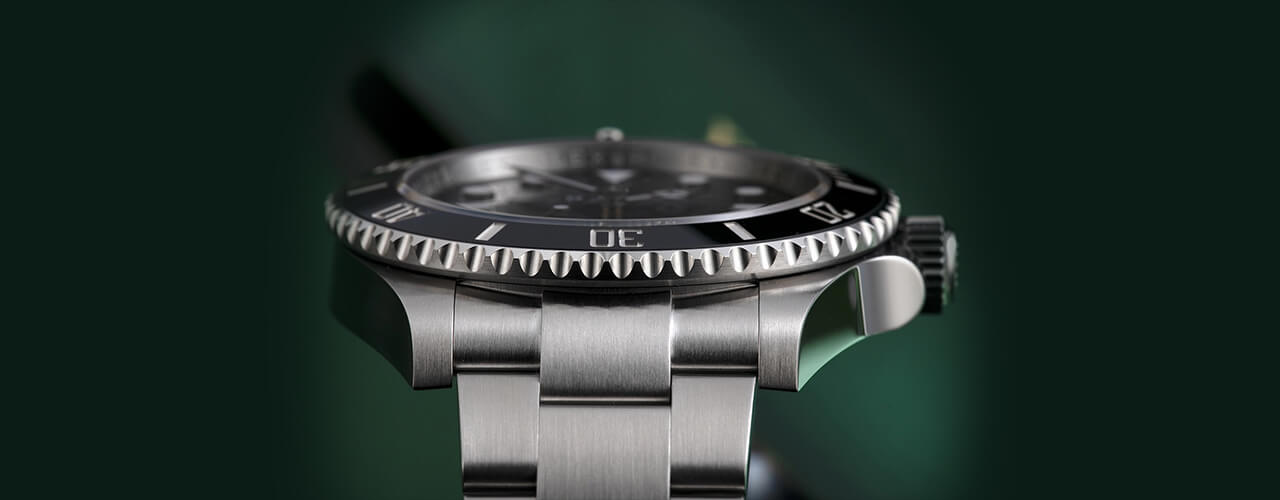
Case
Excluding dimensions, the most important case specifications are material and water resistance. For the former, simply consider the material used; gold may be 10, 14, or 18K, steel can be 316L or 904L, and titanium is either grade 2 or 5. The importance of water resistance depends on your needs. If you would like a dress watch for formal occasions, you may care very little about waterproofness. The opposite is true if you intend to go diving with your watch.
Crystal
The crystal is also important. Sapphire is nearly impossible to scratch while mineral and acrylic are far more prone to wear. The application of anti-reflective (AR) coating can make a watch more legible, though the quality of coatings will likely vary by brand.
Movement
When considering the movement, it is crucial to ask several questions. Has it been regulated for accuracy, and if so, is it accurate enough for you? Is the power reserve sufficiently large for your needs? Is the movement protected from magnetism, either through a soft-iron cage or the use of anti-magnetic materials like silicon? Does the seconds hand "hack" (stop while the movement is being set)?
Lume
Lume quality is determined by the luminescent material itself and the quantity applied. More layers and higher grades of Super-LumiNova, the most common lume in luxury watches, are preferred. Several brands have developed proprietary luminescent formulas. As reviewers will often test and evaluate lume, it is easy to find information regarding the strength and duration of the lume in a particular watch.
Finishing
Finishing is one of the most important parts of watchmaking. Beautiful movement finishing is highly prized by collectors. In off-the-shelf movements from Miyota and Sellita, look for the finishing class (standard vs. refined) and degree of customization taken by the brand. For all calibers, consider the variety of finishing techniques employed (Geneva stripes, anglage, perlage, black polishing, heat bluing, etc.), how they are employed (by hand or machine), and the actual results.
Case finishing is generally less complex. The most common techniques are brushing, sandblasting, and polishing. It is best to observe these in person. If this is impossible, seek the evaluation of a trusted reviewer. When considering pre-owned watches, it is important to look for scratches, blemishes, and any repolishing attempts.
Lastly, dial finishing includes pattern and more conventional finishes. Guilloché patterns and nature-inspired textures can provide a significant amount of visual interest. The most common dial finishes are sunburst (referring to a sunray-like brushed pattern), glossy, and grainy. Different materials like enamel, lacquer, and German silver may yield different effects. How well hands and markers are finished, whether through polishing or brushing, is also important.
Brand

Do not attempt to deceive yourself by saying that brand does not matter at all. Prestigious brand names are not just an outward display of wealth; a good brand provides quality assurance, an opportunity for self-expression, and an enjoyable customer experience. Companies that have values which align with your own, significant expertise, and a reputation for quality are logically worth more to you. You might also want to consider whether the company from which you are buying will exist for years to come, as this may be important for servicing and resale. Lastly, do not overpay just for a brand. A name on the dial can only do so much, and if the rest of the watch is poorly made, you are likely to regret the purchase.
Fit
No matter how well finished, accurate, or prestigious a watch may be, you should only buy watches that fit you. Most obviously, this principle refers to how well a watch literally fits on your wrist. Some cases will simply be too large or small in diameter or thickness. For example, if you would like a watch to fit under your cuff at work, you should look for thinner timepieces. If your wrist is around six inches in diameter, then watches over 40mm may be too large for you. The best and only certain way to ensure that a watch fits is to try it on in person.
Evaluating a watch's fit also involves the superficial question of whether you like how it looks. Stylistic features to consider include dial color, dial layout, the style of markers, and case shape. Another way of considering style is by using existing watch categories. Common styles include dress, field, aviation, sports, and dive. That said, being too adamant about buying one style may limit your options and exposure to watches you might like.
Closing Thoughts
There is an inordinate amount of information to consider when searching for a new watch. Sometimes, the sheer quantity of data can be paralyzing. While research is important, buying a watch ultimately comes down to doing what feels right.
Write a Comment
Recent Posts
5 Brand Revivals to Watch
September 26, 2024
Will Audemars Piguet Continue to Grow under New Leadership?
September 6, 2024
The 5 Best High-End German Watch Brands
July 30, 2024
A Guide to Seikos New Releases
July 1, 2024
The Battle to Make the Thinnest Watch
June 27, 2024
The Limited-Edition Zenith Defy Zero G Sapphire
June 27, 2024
Watch Industry Trends in 2024
June 3, 2024
The Best Attainable High Complications
June 3, 2024
The Best Sector Dial Watches at Every Price
May 24, 2024
How To Choose a Watch
May 24, 2024
A Guide to TAG Heuers Latest Glassbox Chronographs
May 24, 2024
A Guide to Rolexs Releases from Watches and Wonders 2024
April 16, 2024
The Best Releases of 2024 So Far
April 9, 2024
Blancpain Finally Releases the Fifty Fathoms in 42mm
April 9, 2024
The Omega X Swatch Snoopy MoonSwatch
April 3, 2024
H. Moser & Cie Pioneer Tourbillon Midnight Blue
March 28, 2024
The Best Luxury Alternatives to the Royal Oak and Nautilus
March 22, 2024
The Best Affordable Integrated-Bracelet Sports Watches
March 20, 2024
A Brief Introduction to Microbrands
March 20, 2024
Omega Launches a White-Dial Speedmaster
March 20, 2024
How Do Affordable Watches Generate Hype?
March 15, 2024
The New Piaget Polo 79
March 15, 2024
Unique Complications You Might Not Know
December 8, 2023
The F.P. Journe Octa Divine
December 8, 2023
A Guide to Leather Watch Straps
September 22, 2023
The Biggest Tudor News in 2023
September 22, 2023
Should I Buy Used Watches Online or In-Person? Pros and Cons
September 21, 2023
An Overview of Rolex's New Releases
April 18, 2023
The Best Luxury Field Watches on the Market
March 24, 2023
The Unexpected Redemption of the Code 11.59
March 14, 2023
Submariner vs. Sea-Dweller: Which Should I Buy?
March 14, 2023
The Best of High-End Quartz
February 21, 2023
Watches from Movies and TV You Might Have Missed
February 10, 2023
The Richard Mille RM 030 Japan Limited Edition
December 30, 2022
THE GREUBEL FORSEY BALANCIER S CARBON
December 7, 2022
Rolex Explorer Watches
October 8, 2015
Rolex Daytona Cosmograph
October 7, 2015
Rolex Air King Watches
September 8, 2015
Insane Watches Worn By the Rich And Famous
July 10, 2015
8 Best Luxury Watches For Travel
July 10, 2015
MONTRES BREGUET: REINVENTING THE SOUL OF HOROLOGY
May 12, 2015
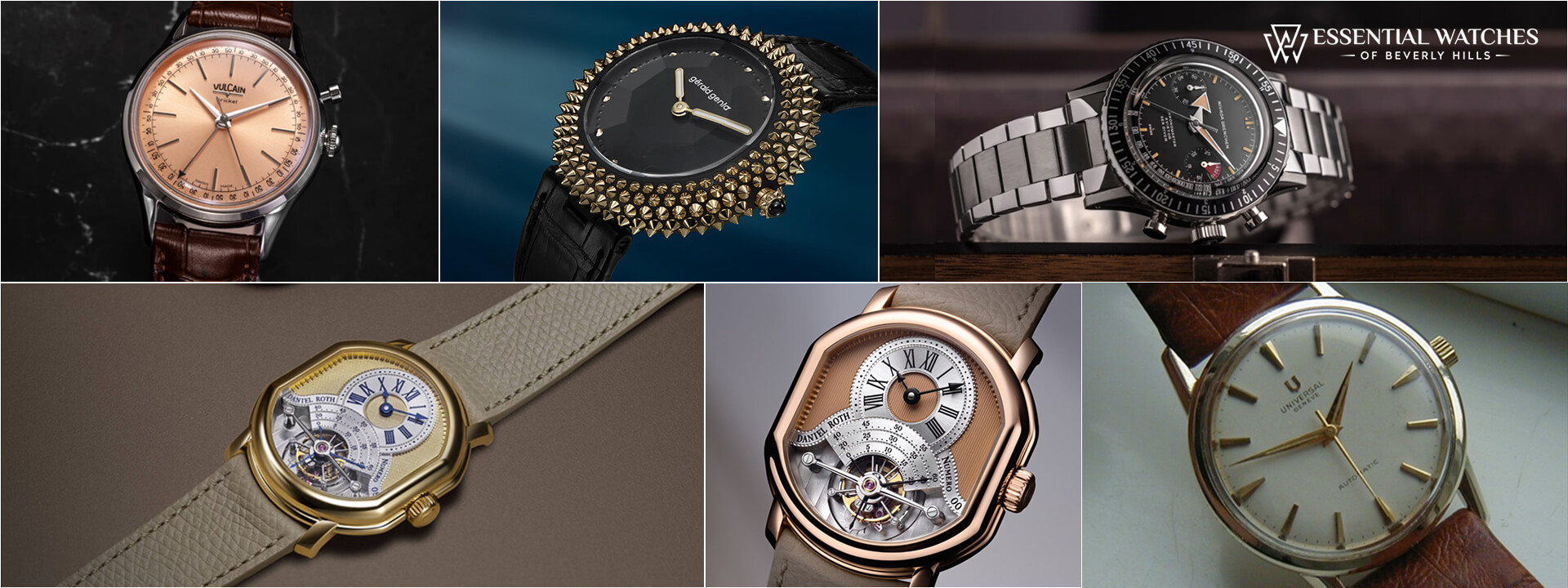
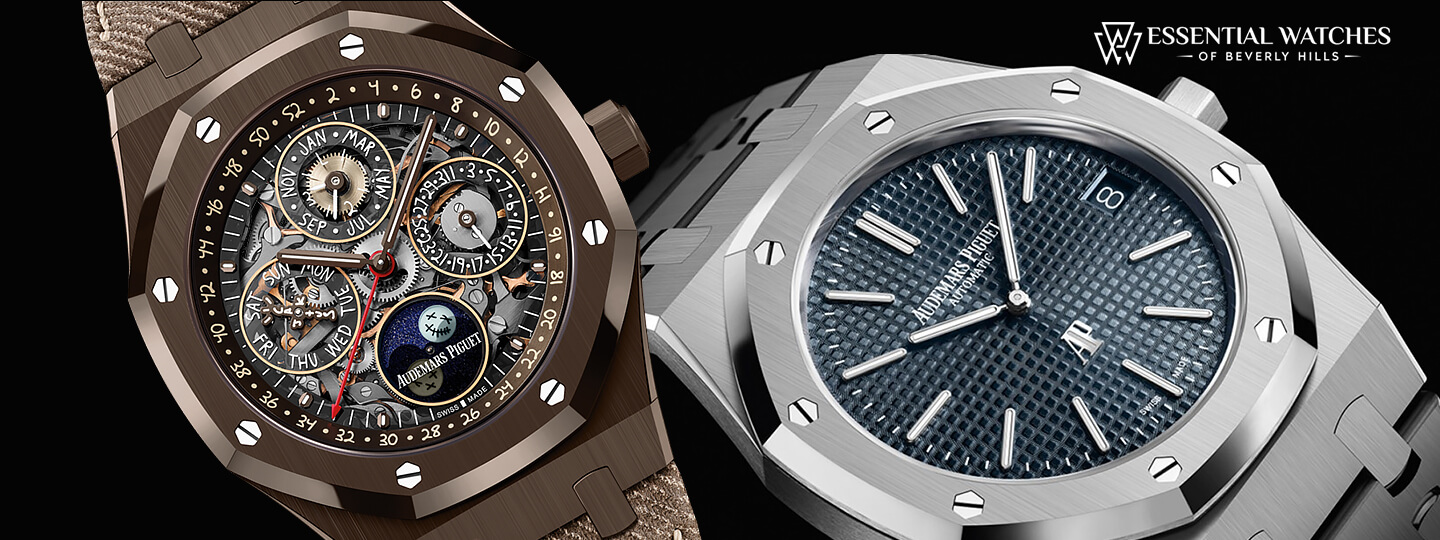
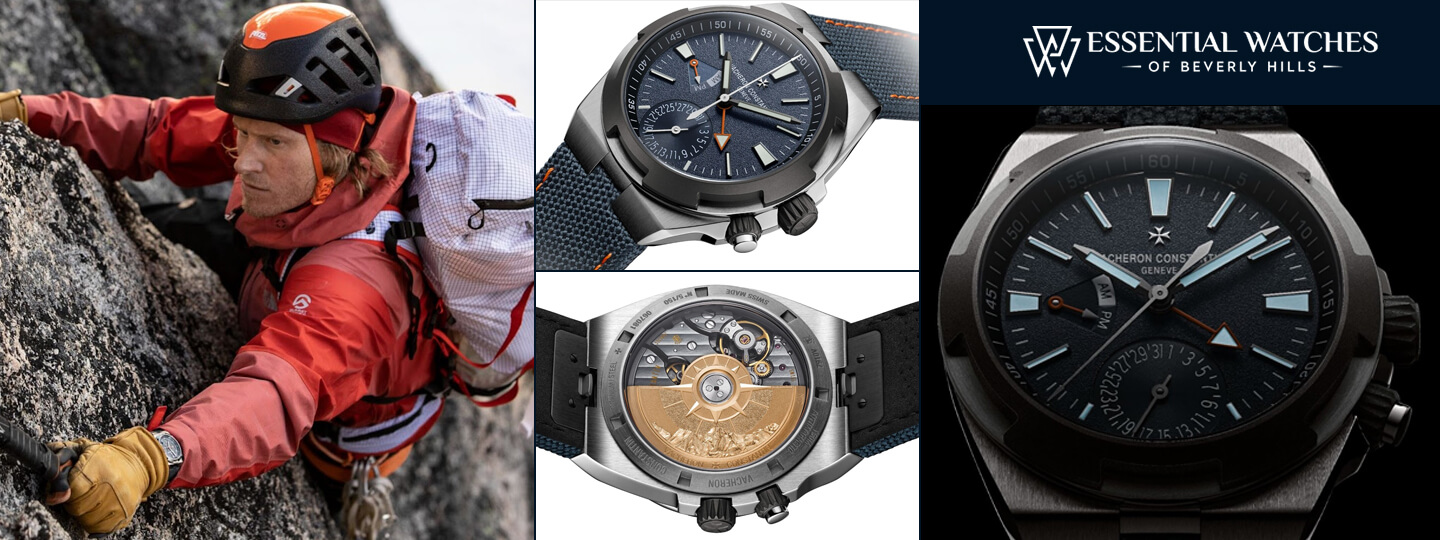
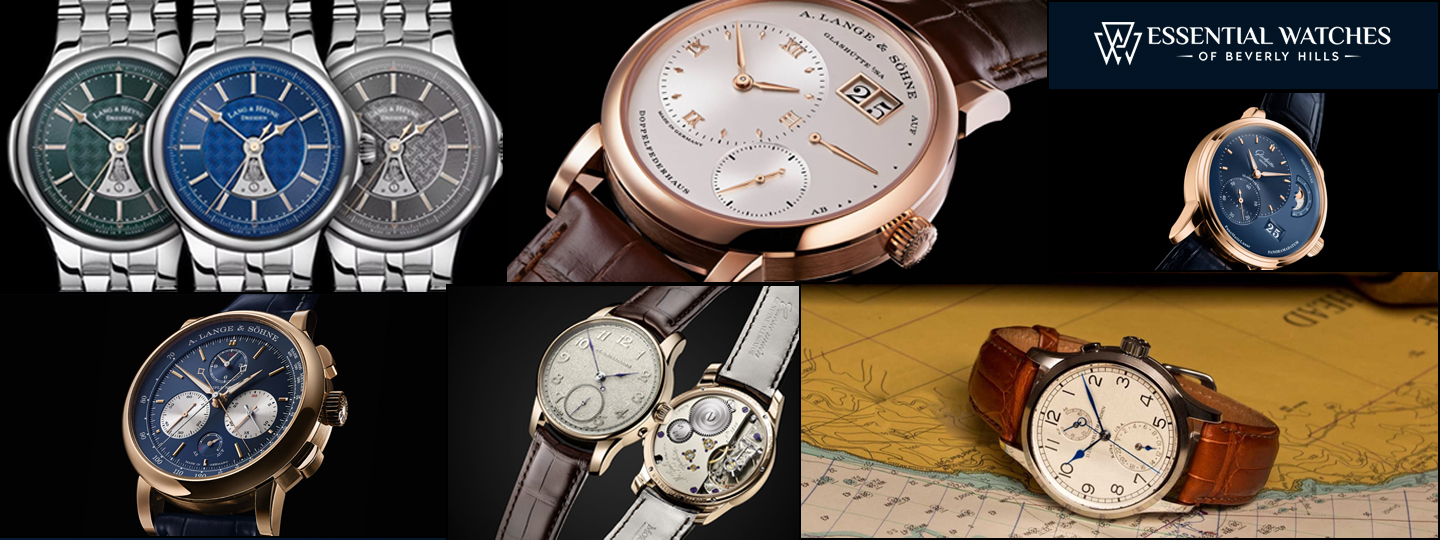
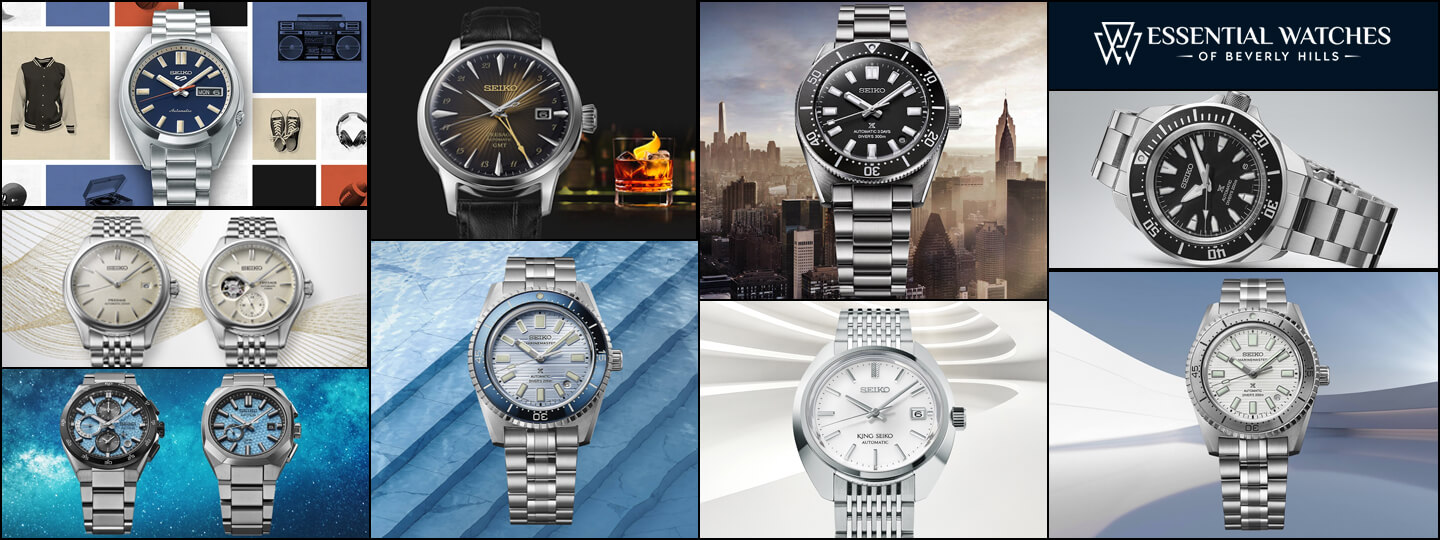
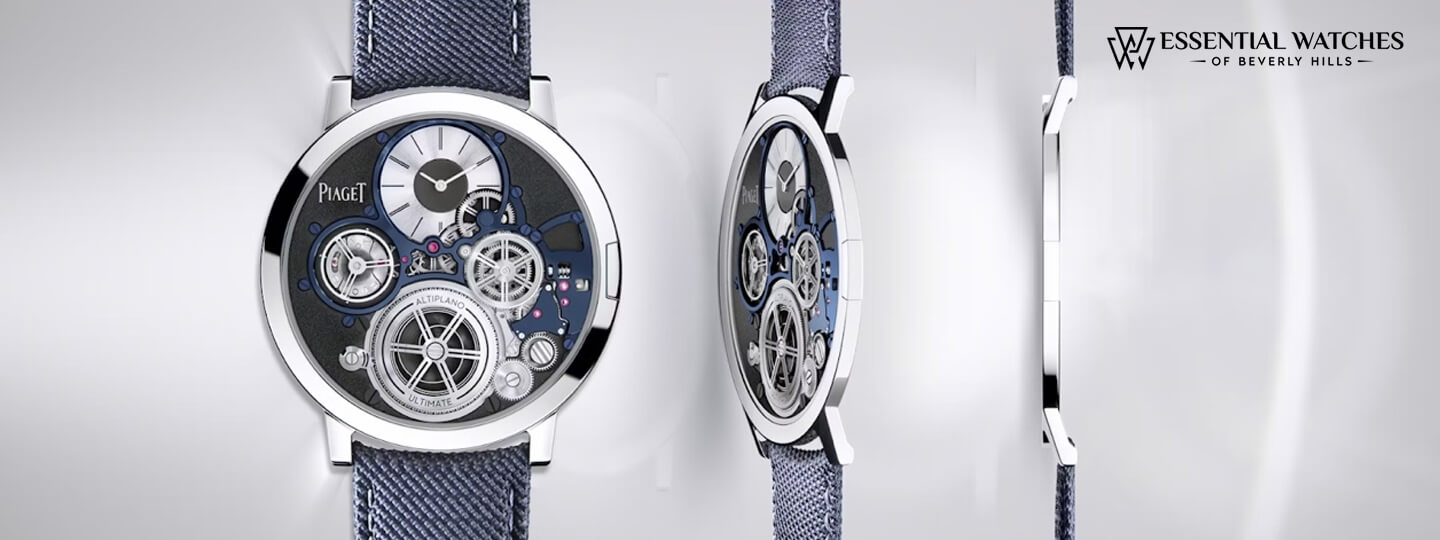
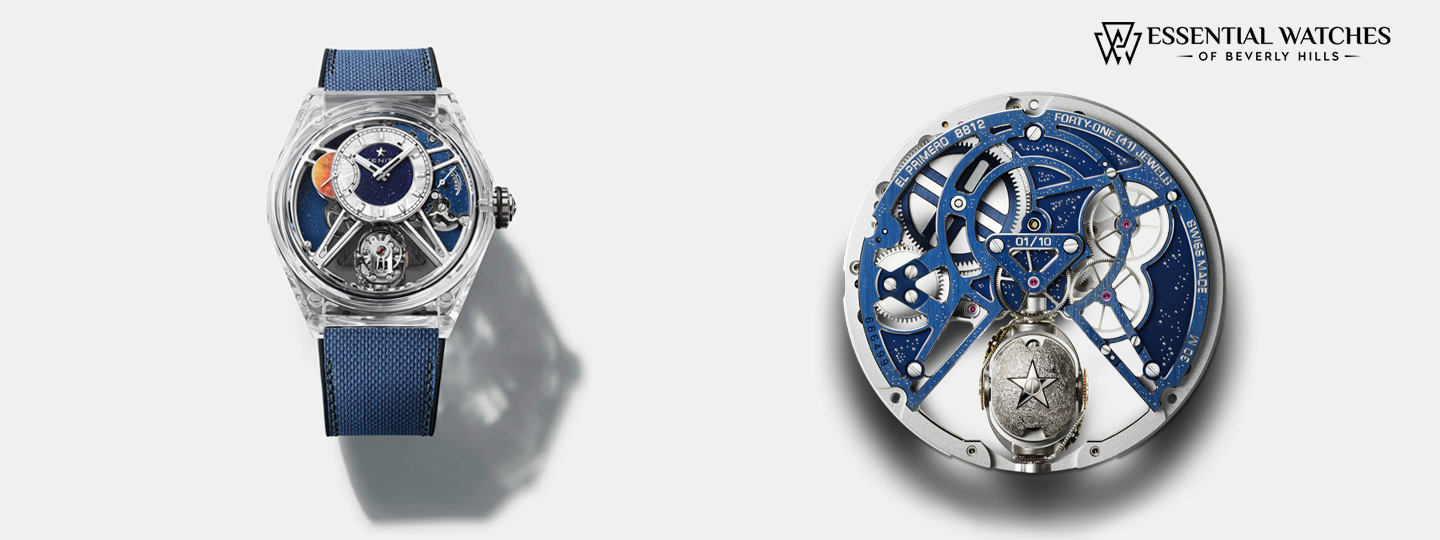
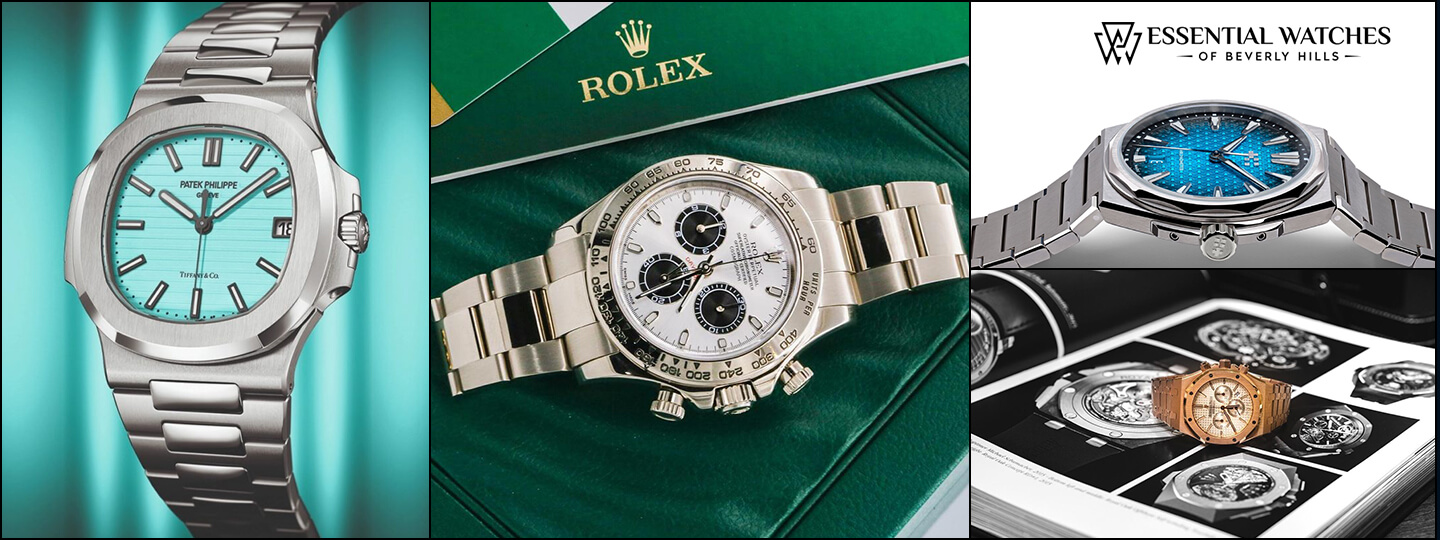
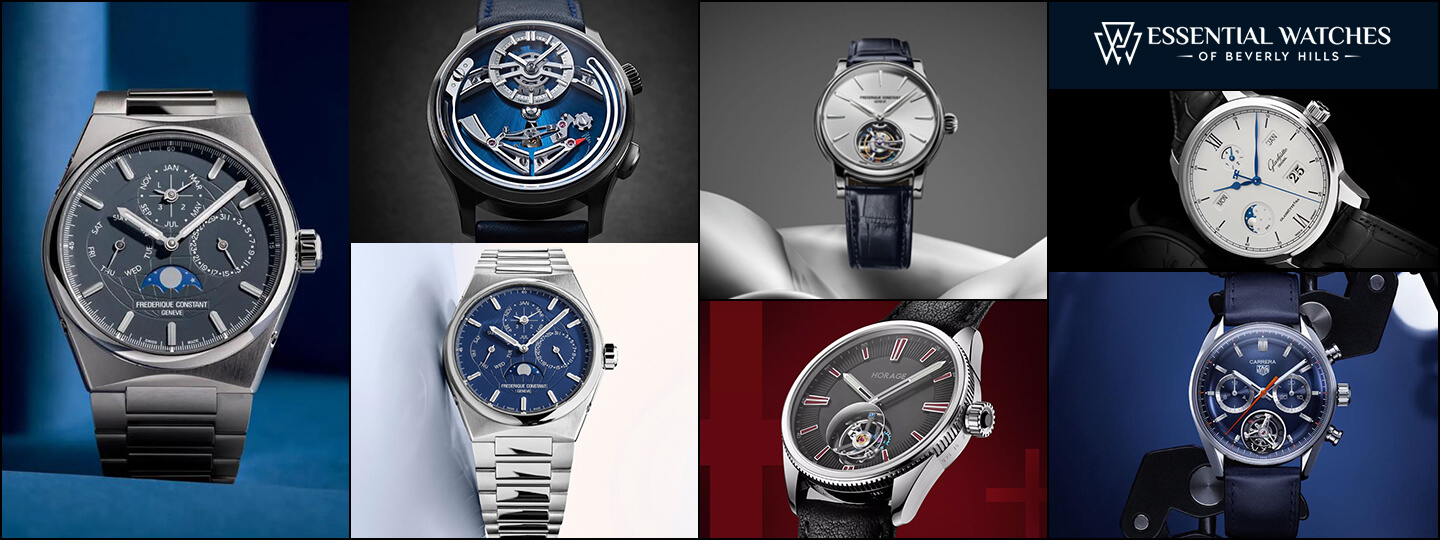
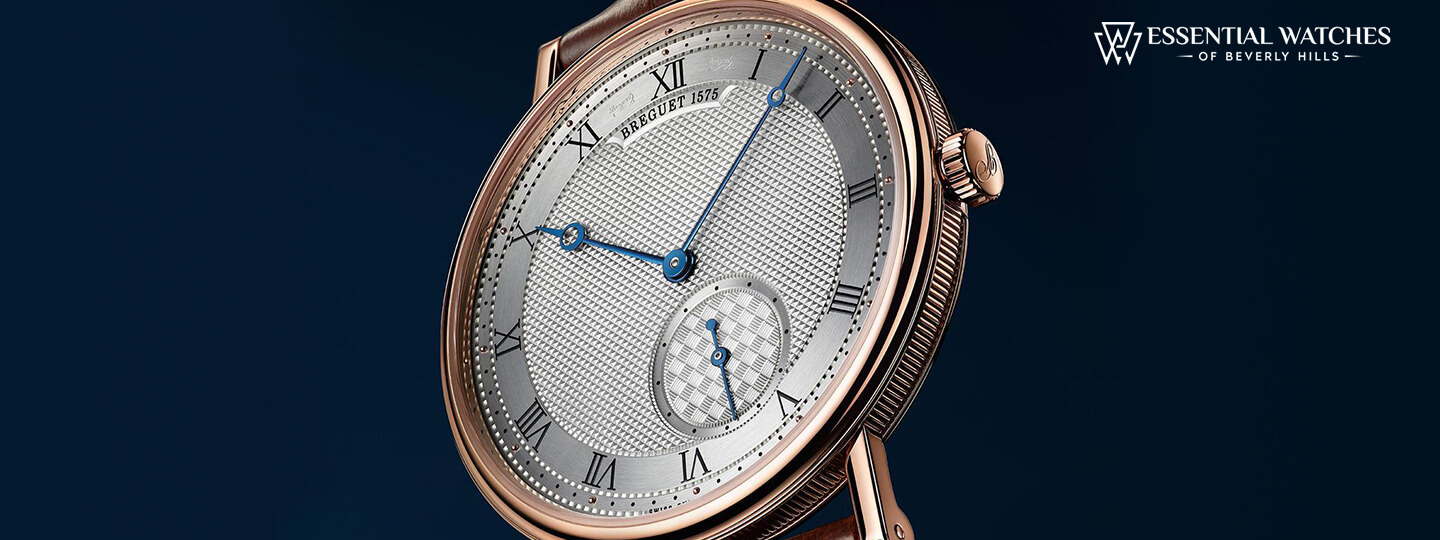
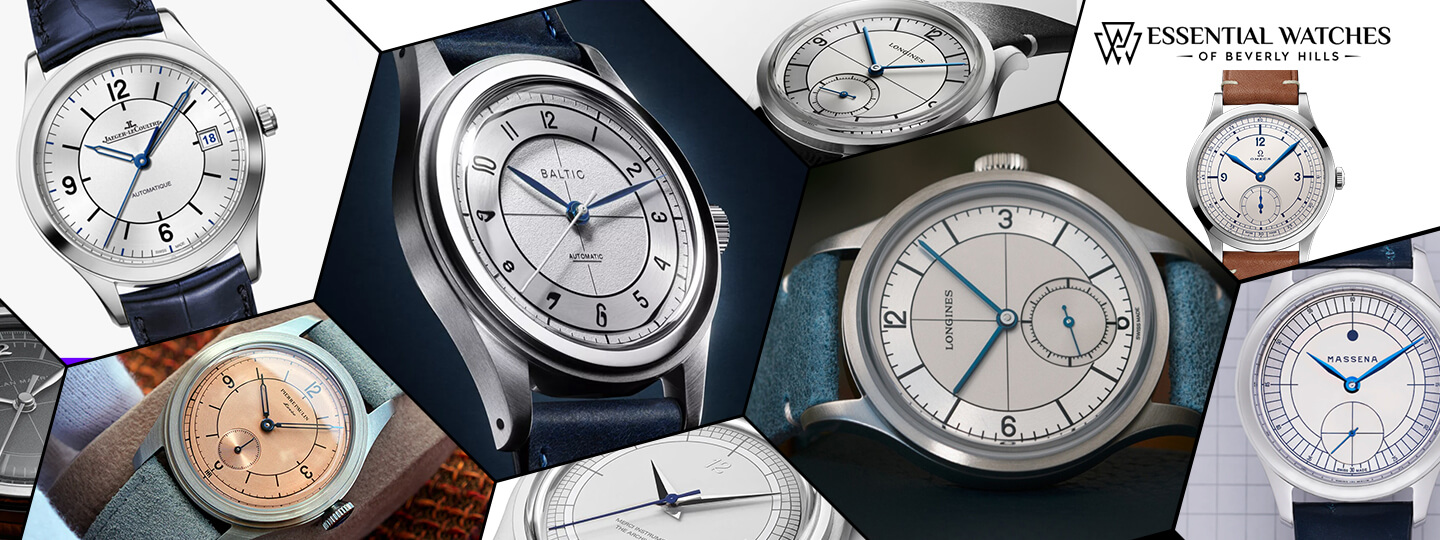
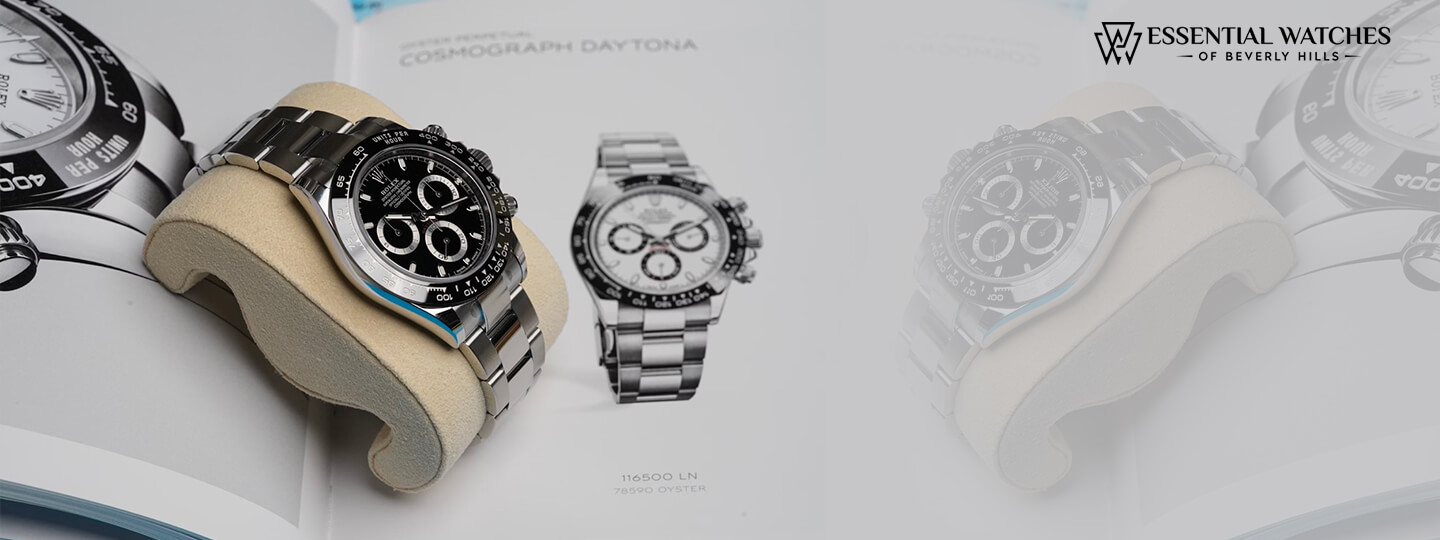
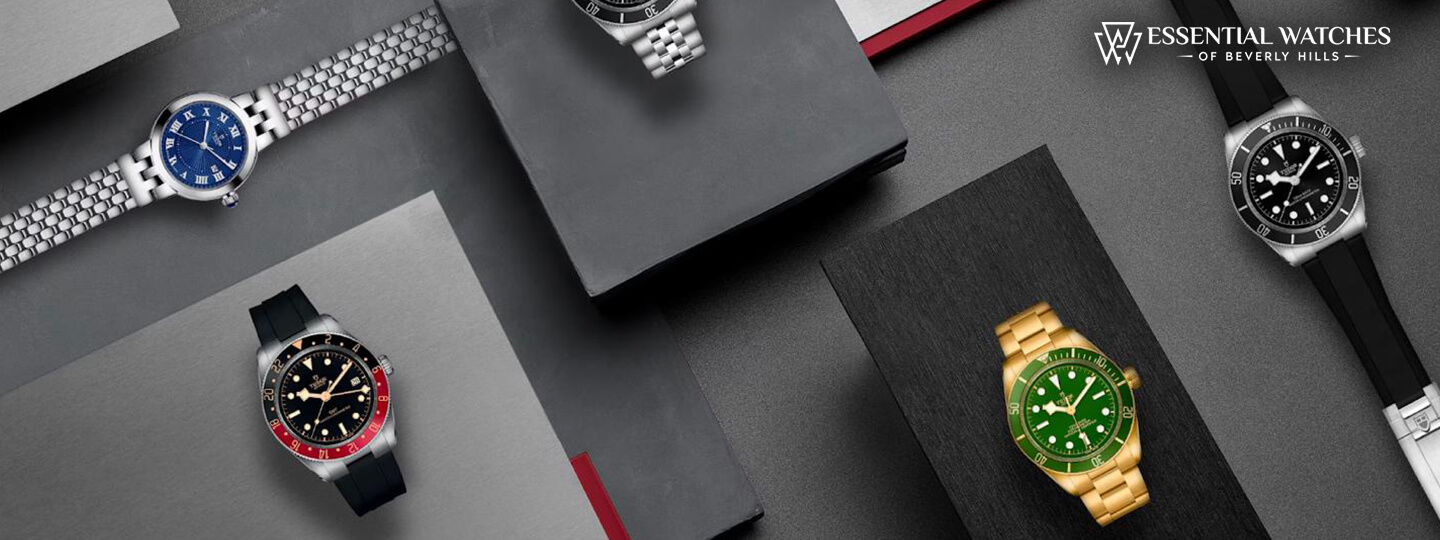
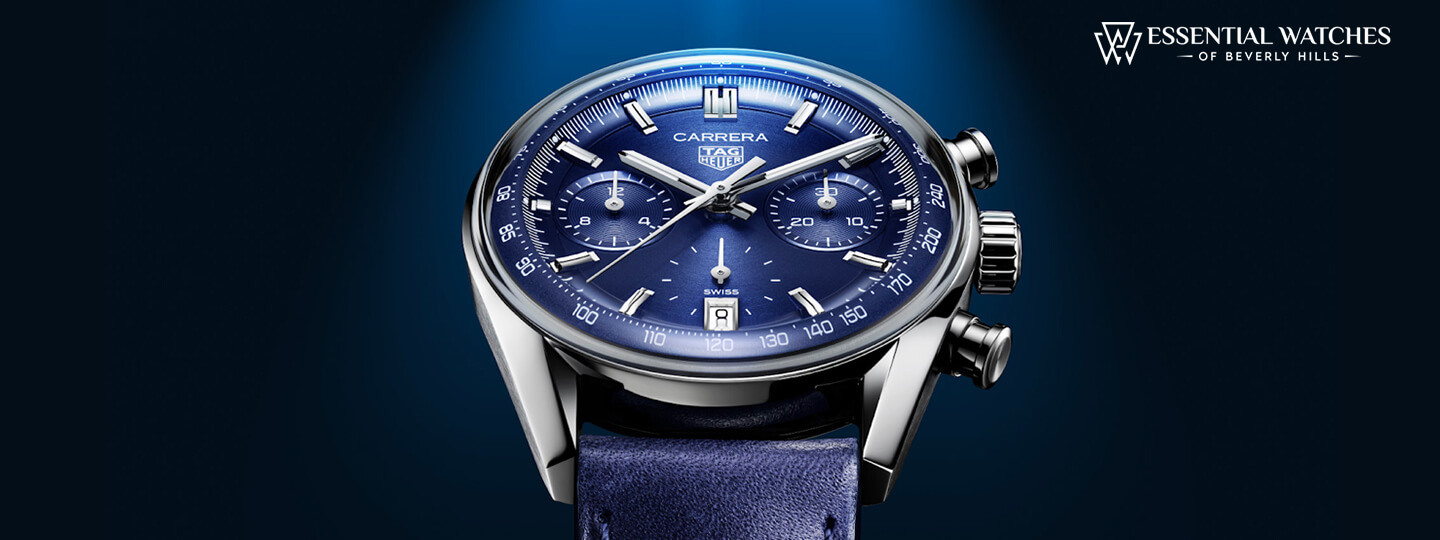
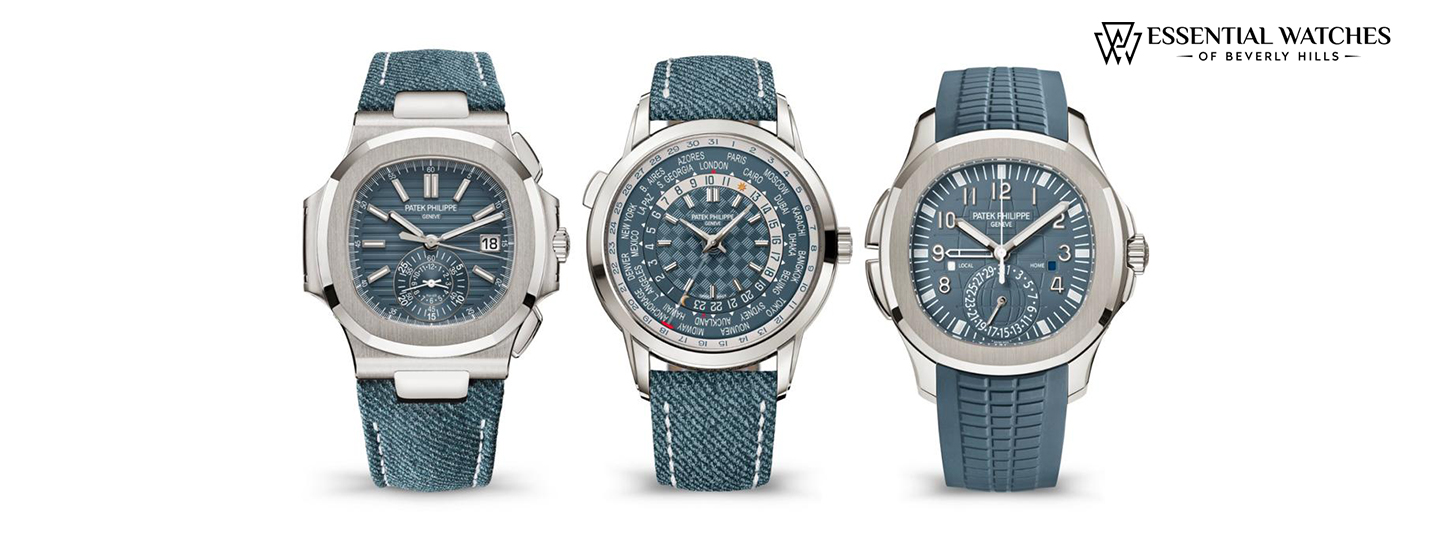

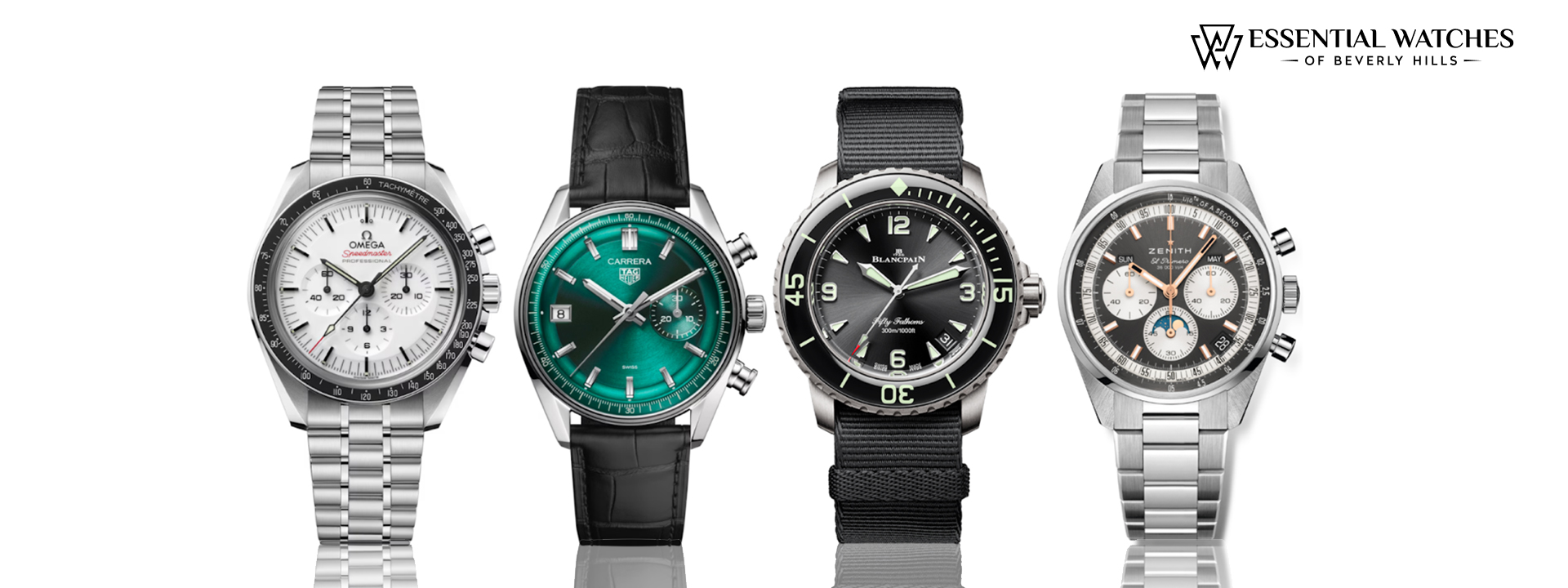
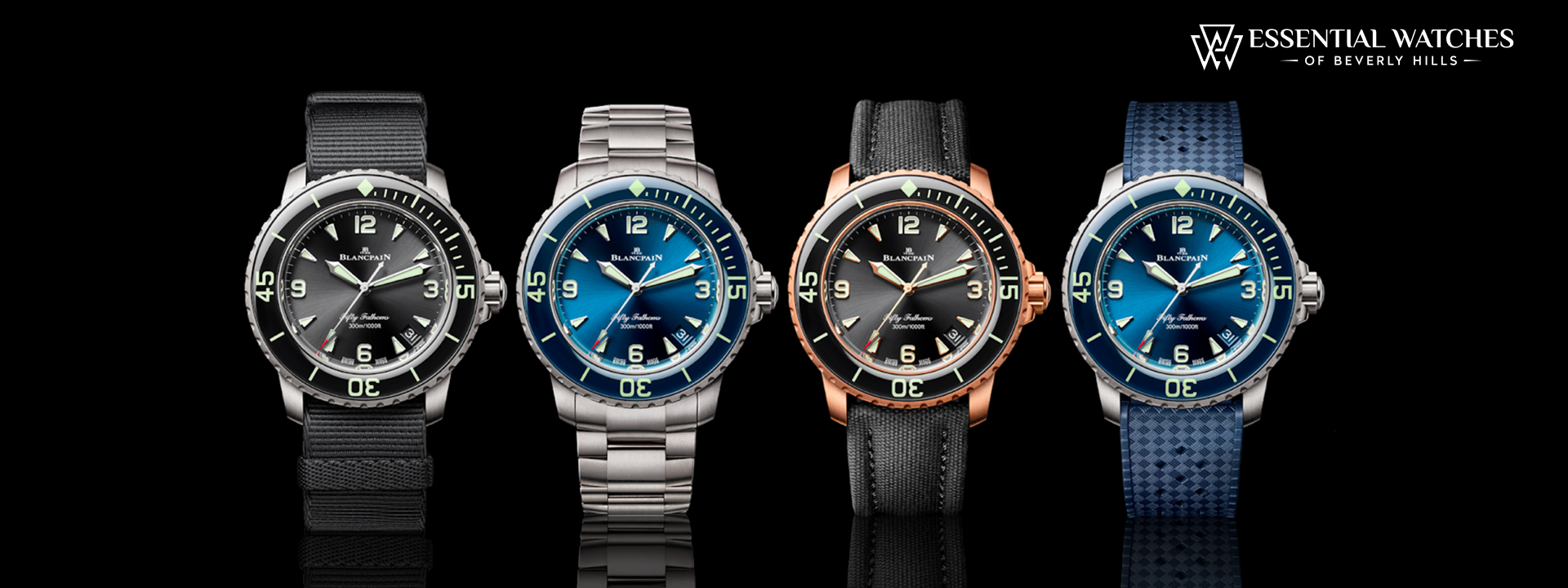
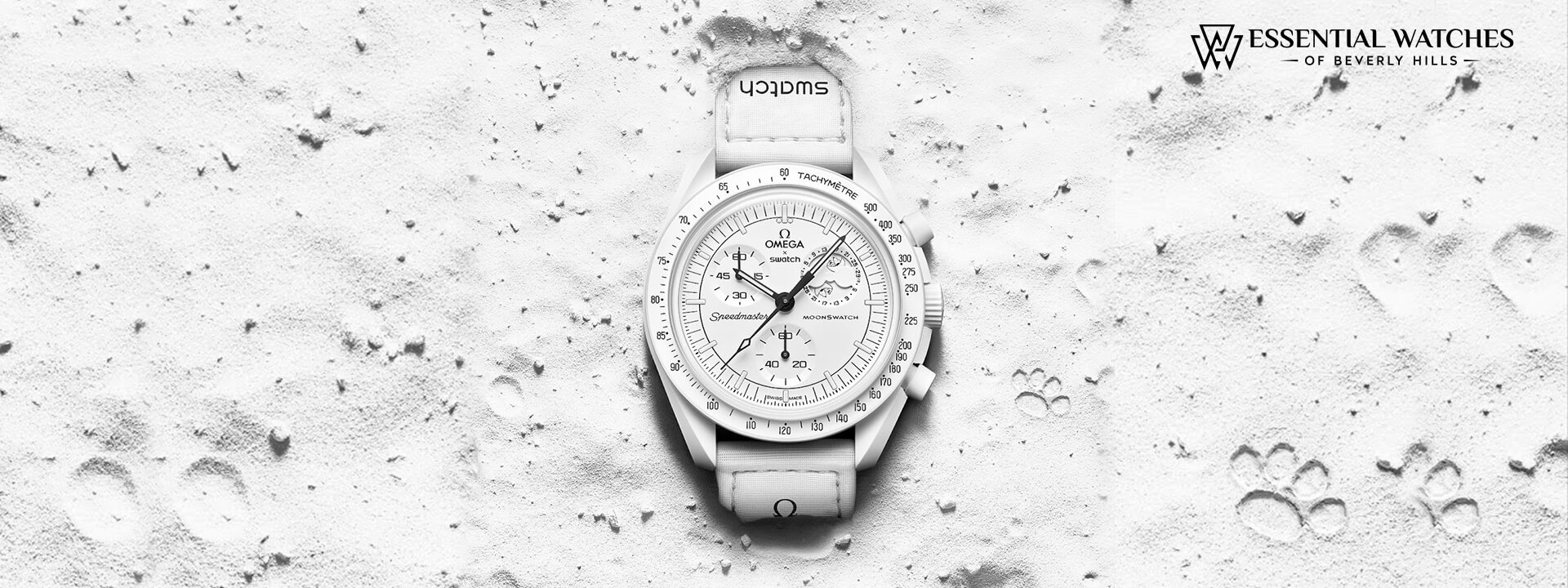
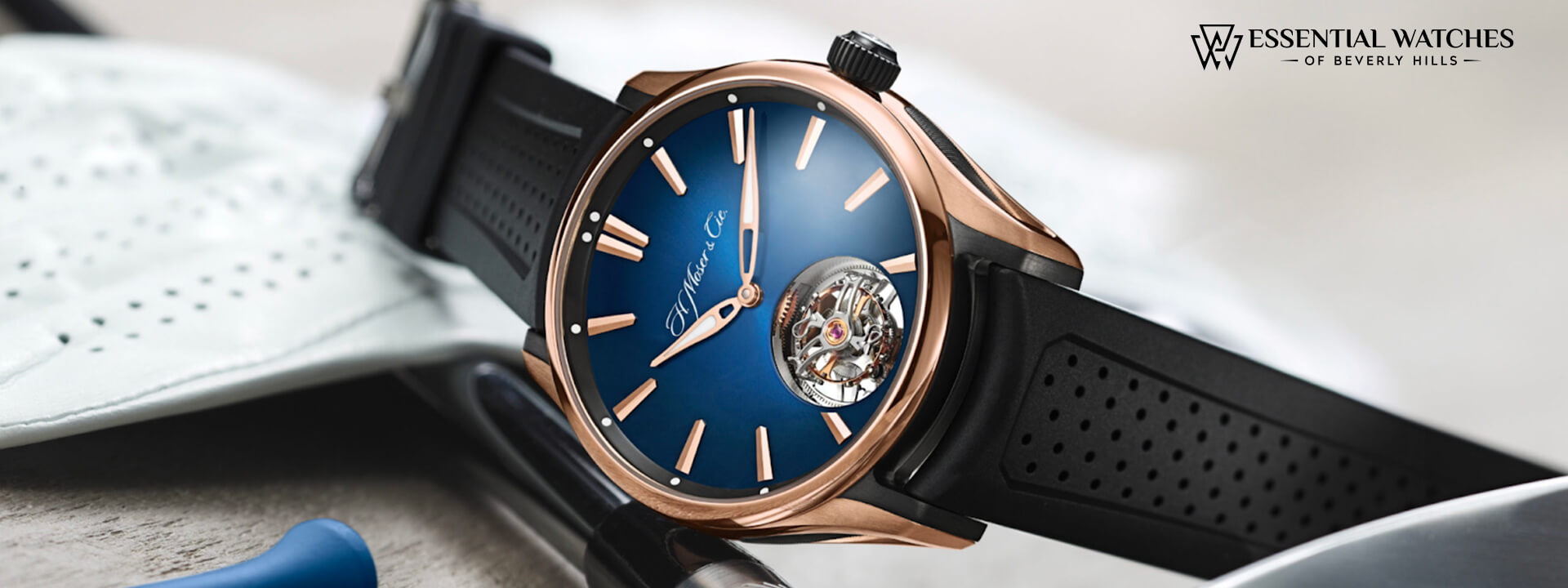
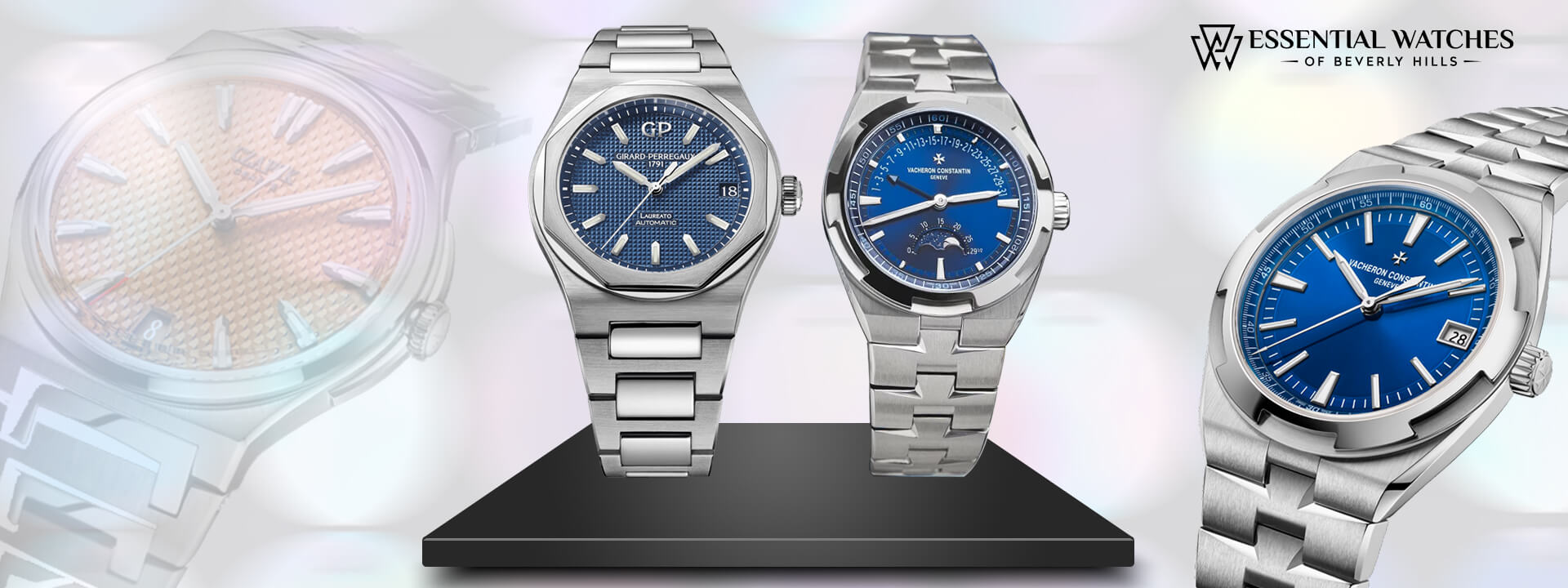
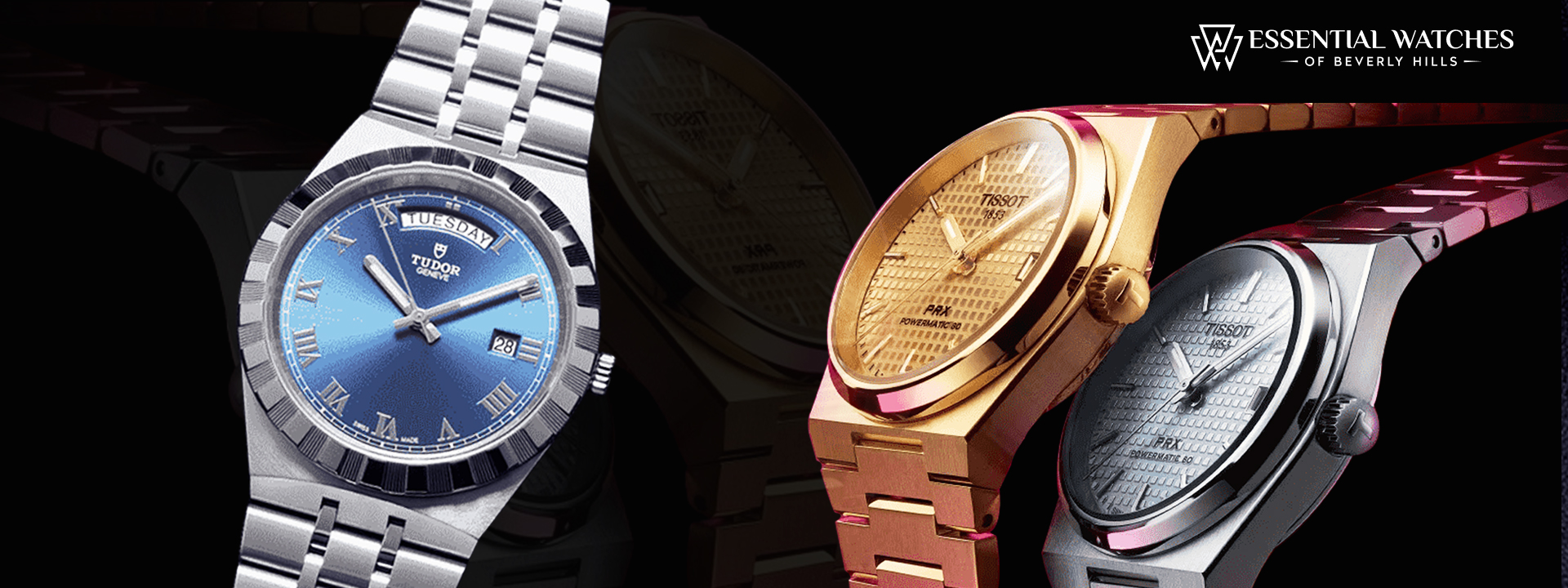
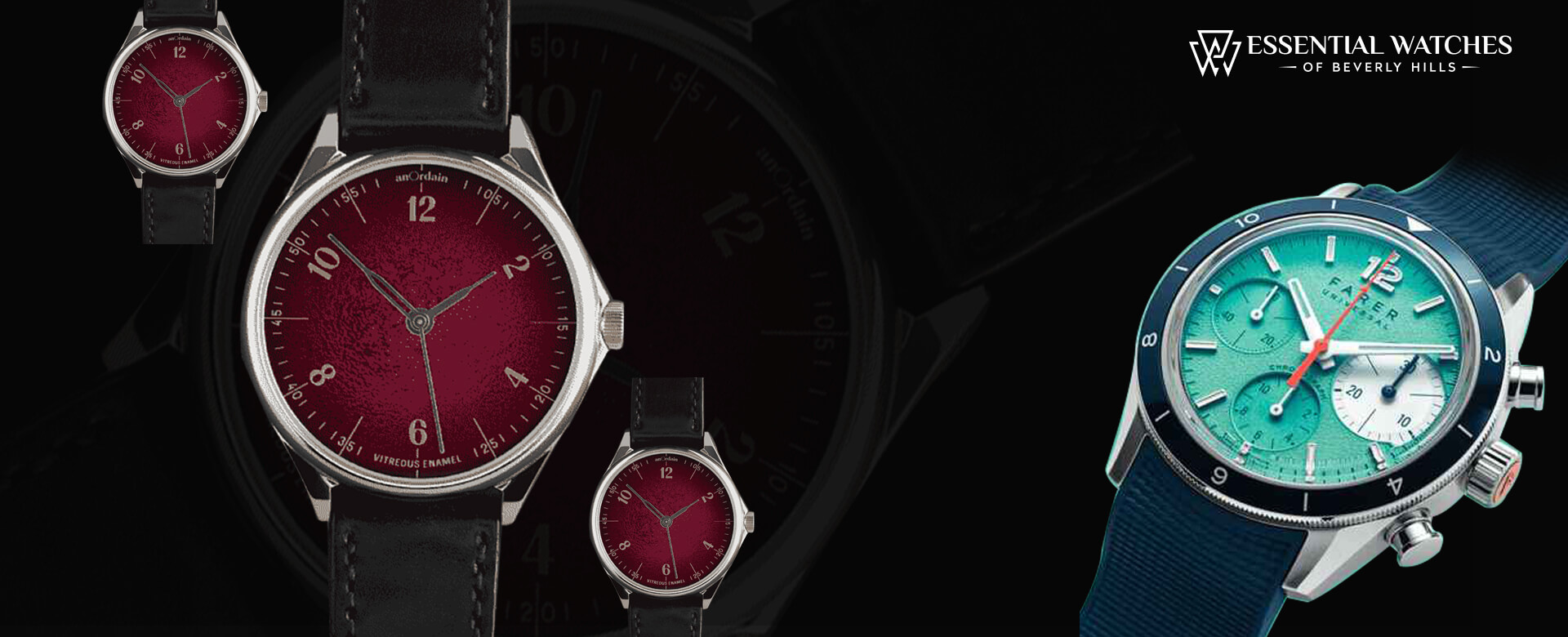
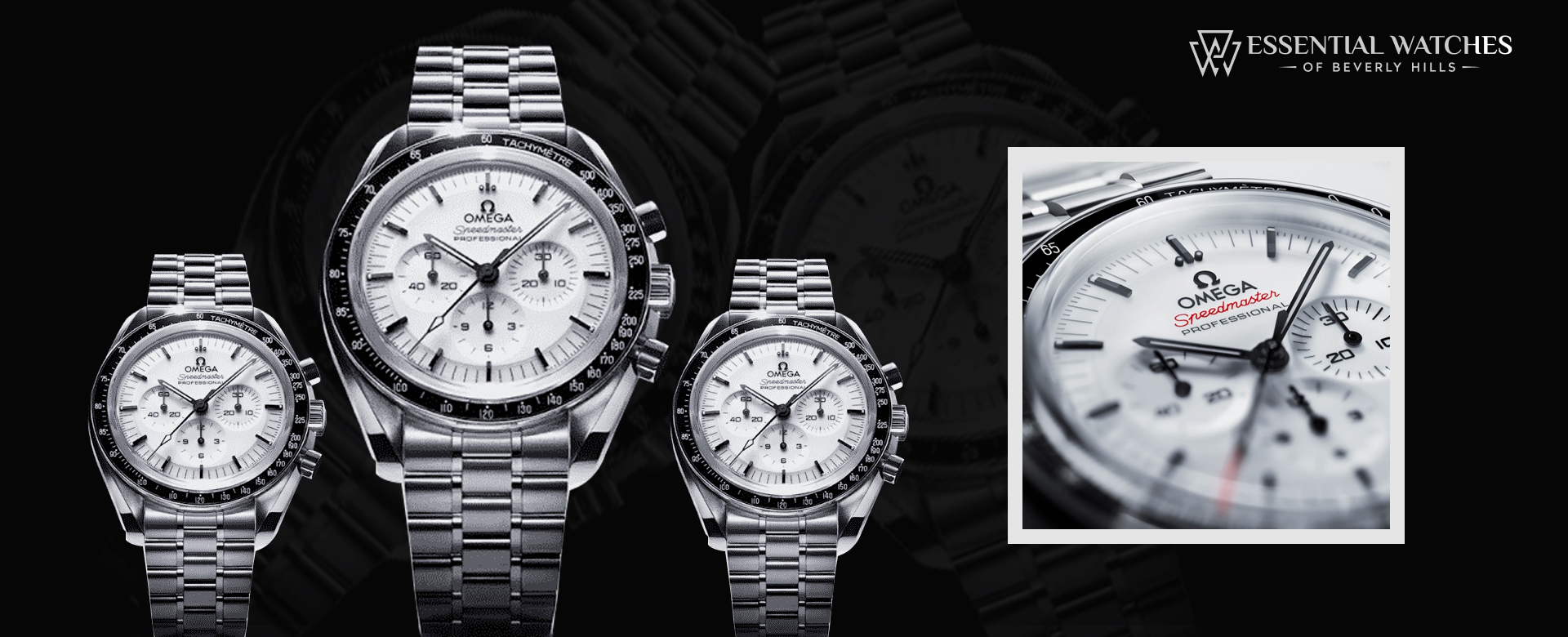
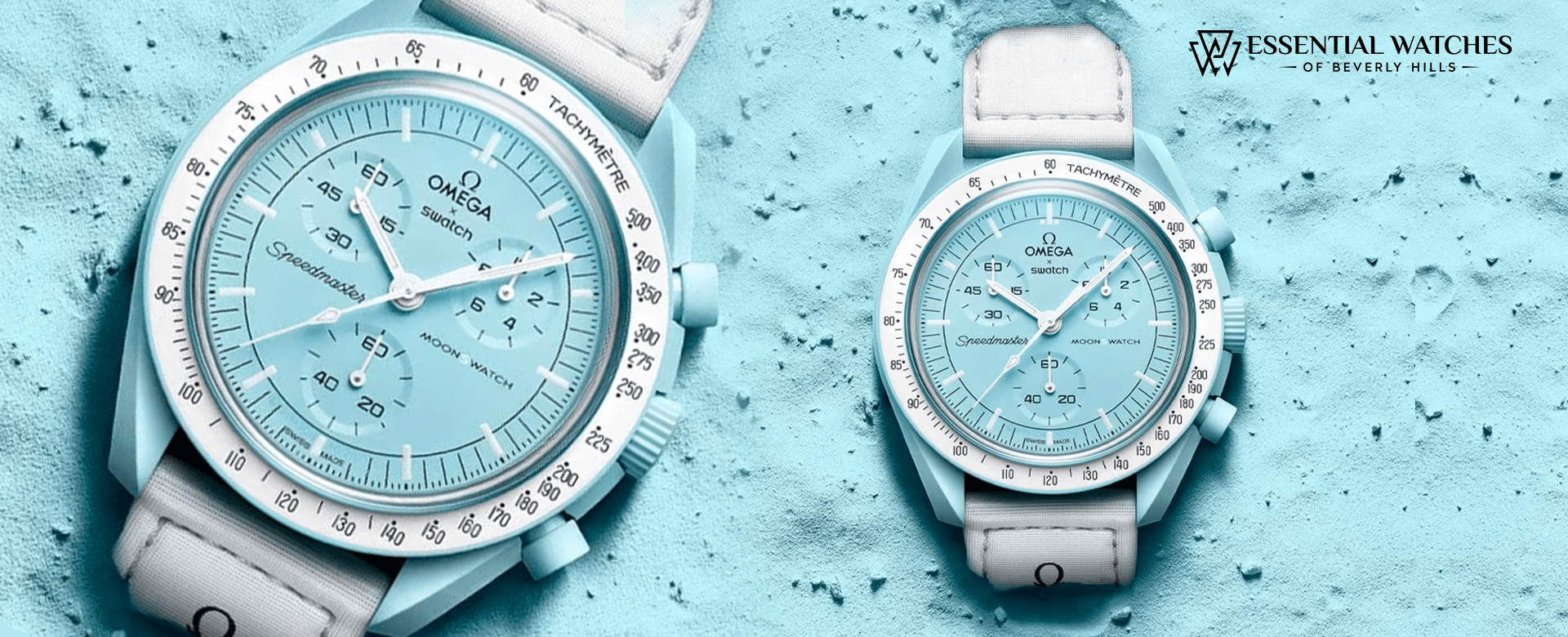
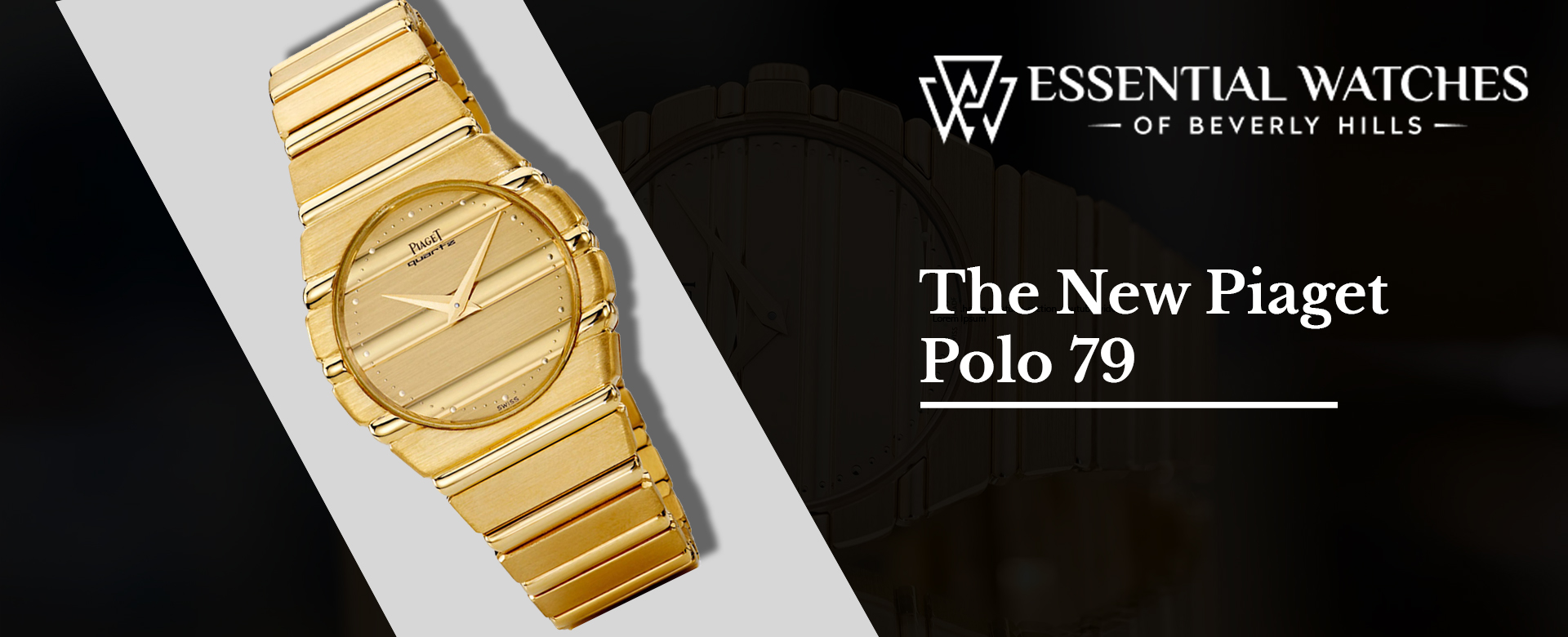
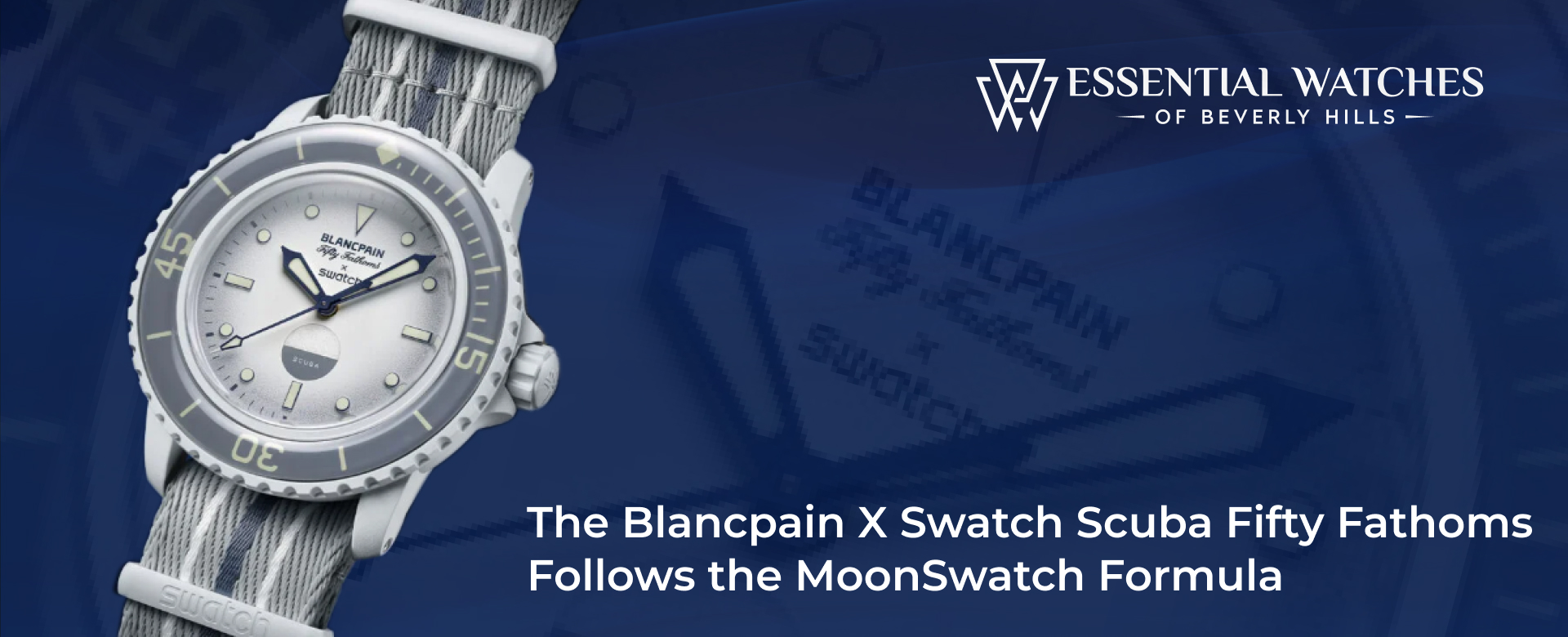
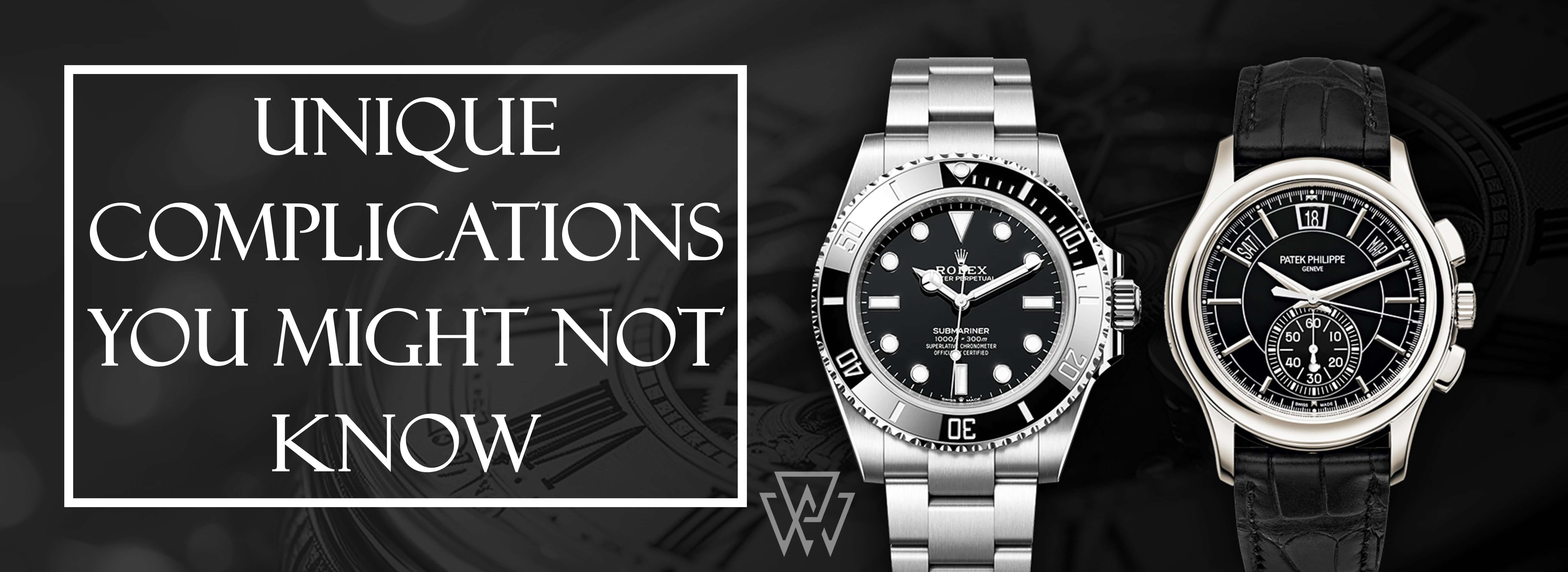
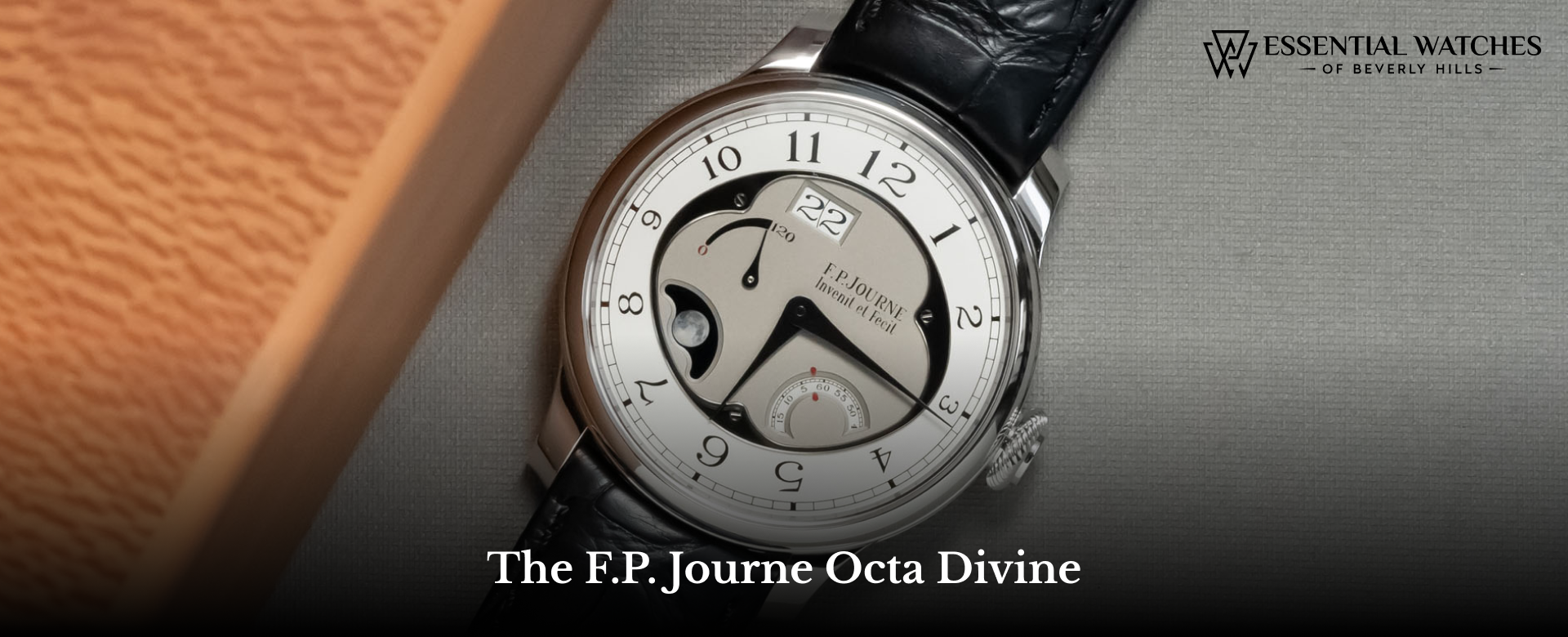
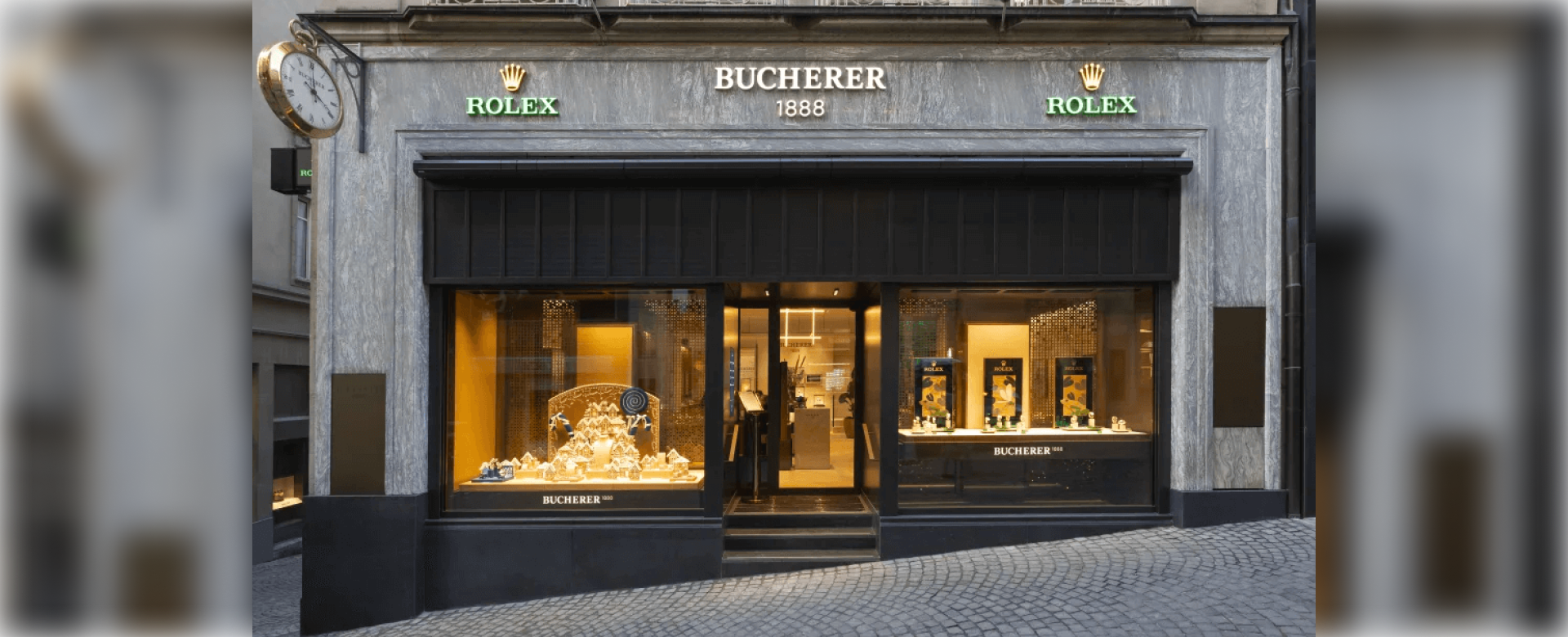
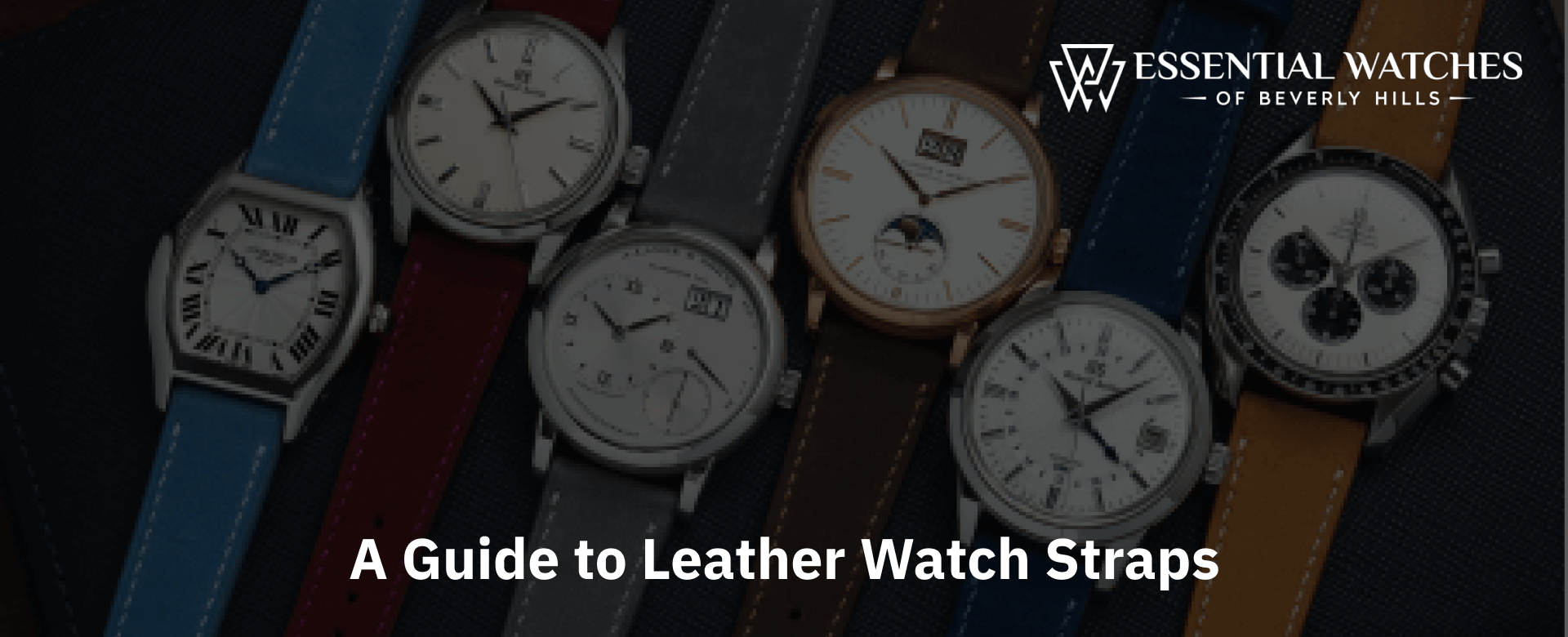
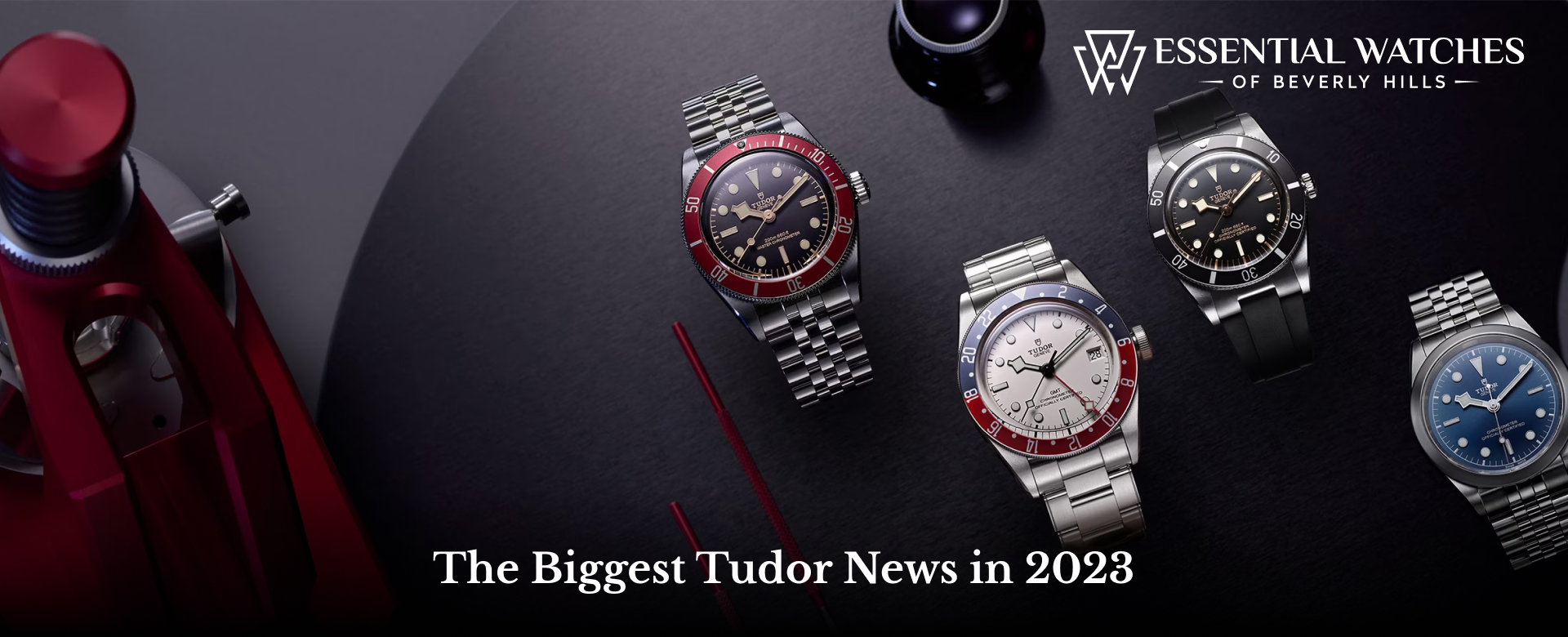

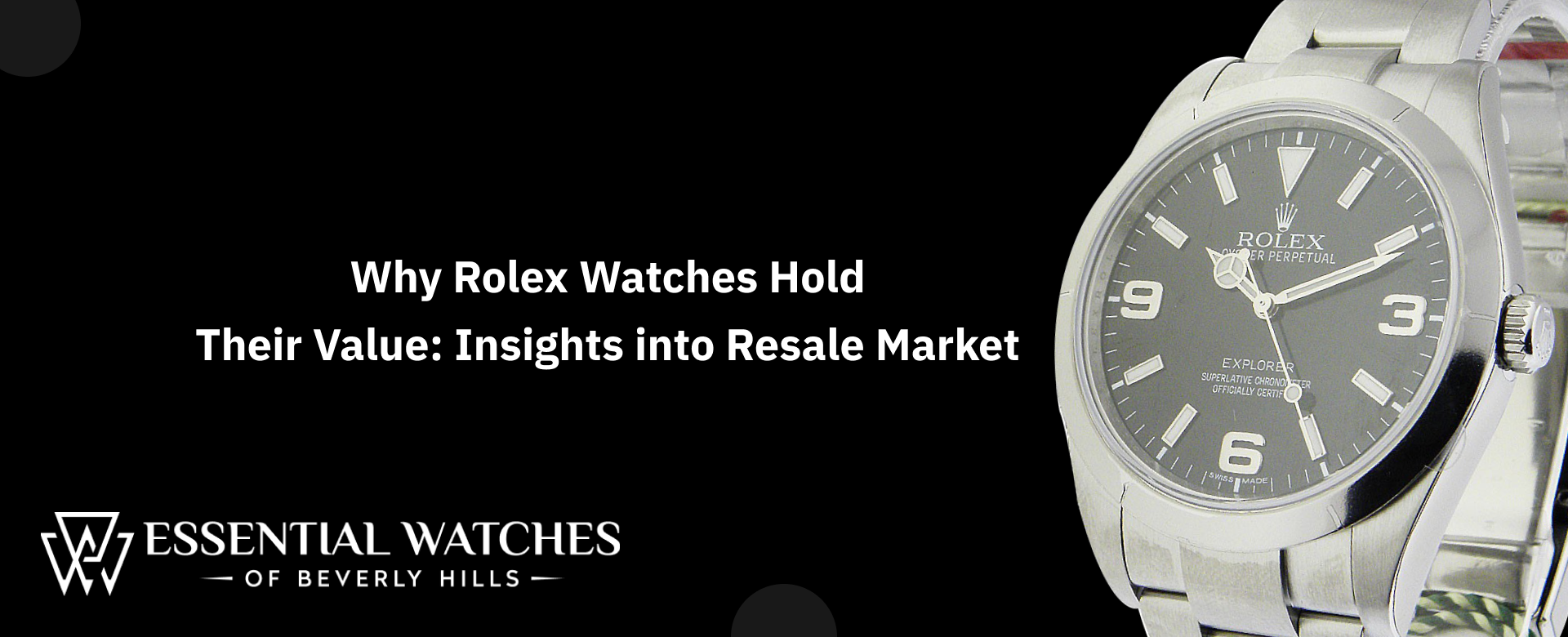
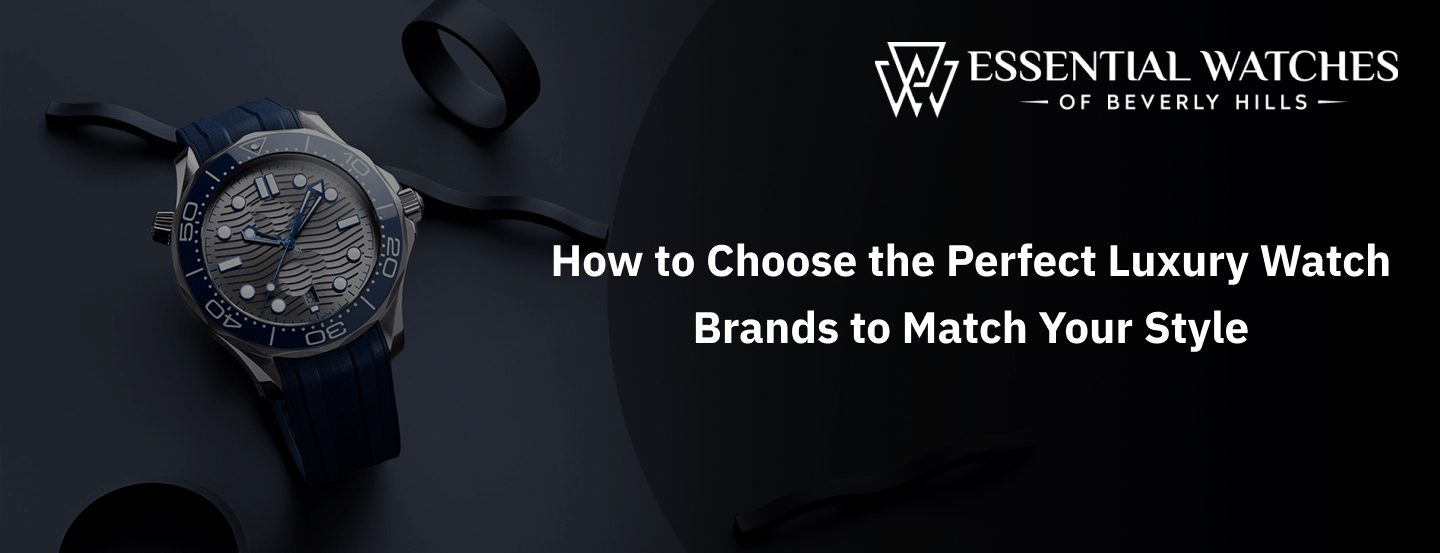
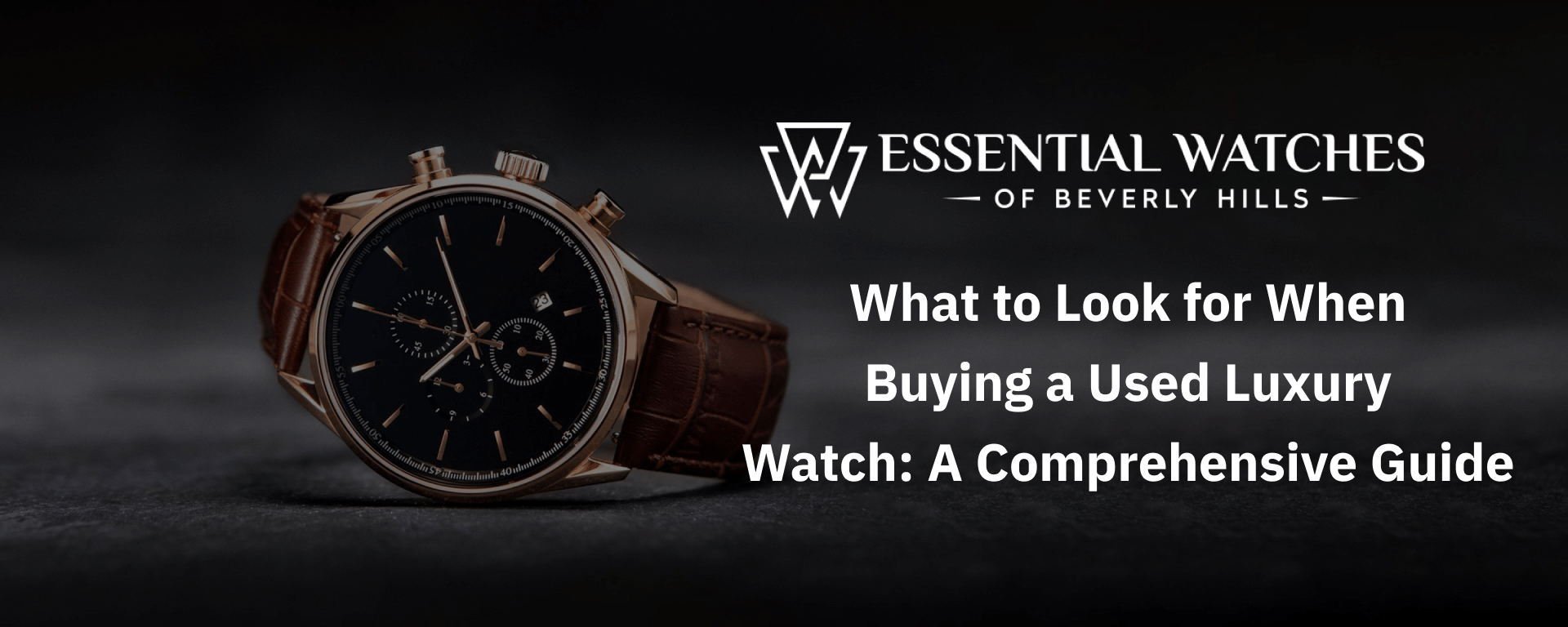
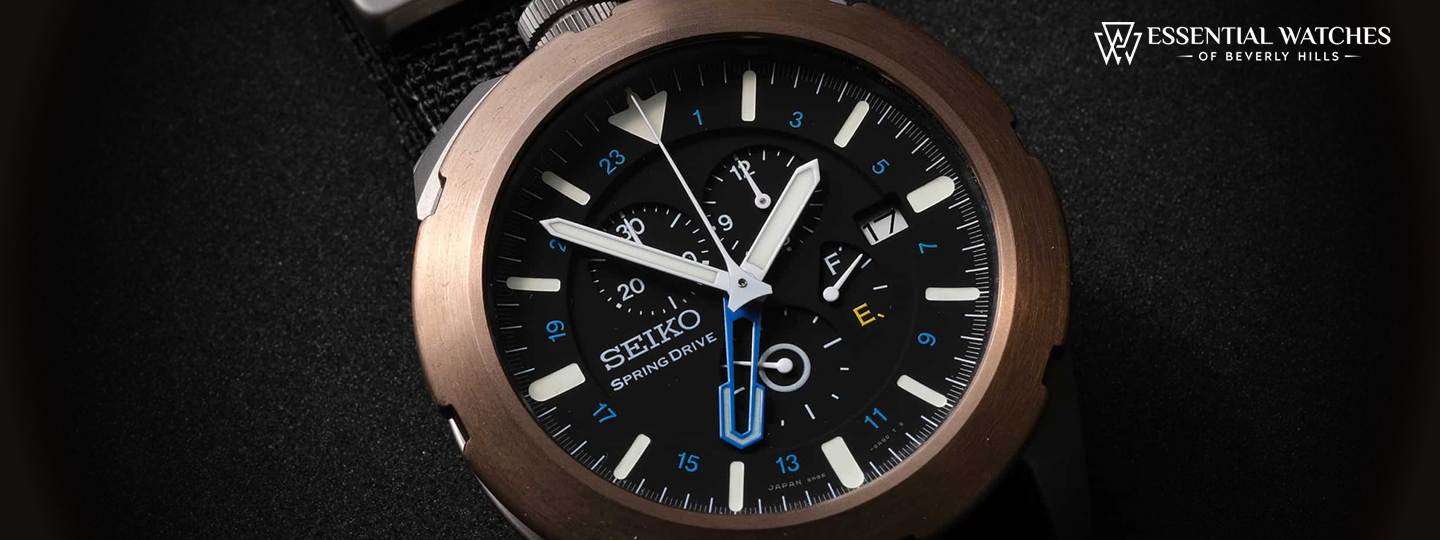

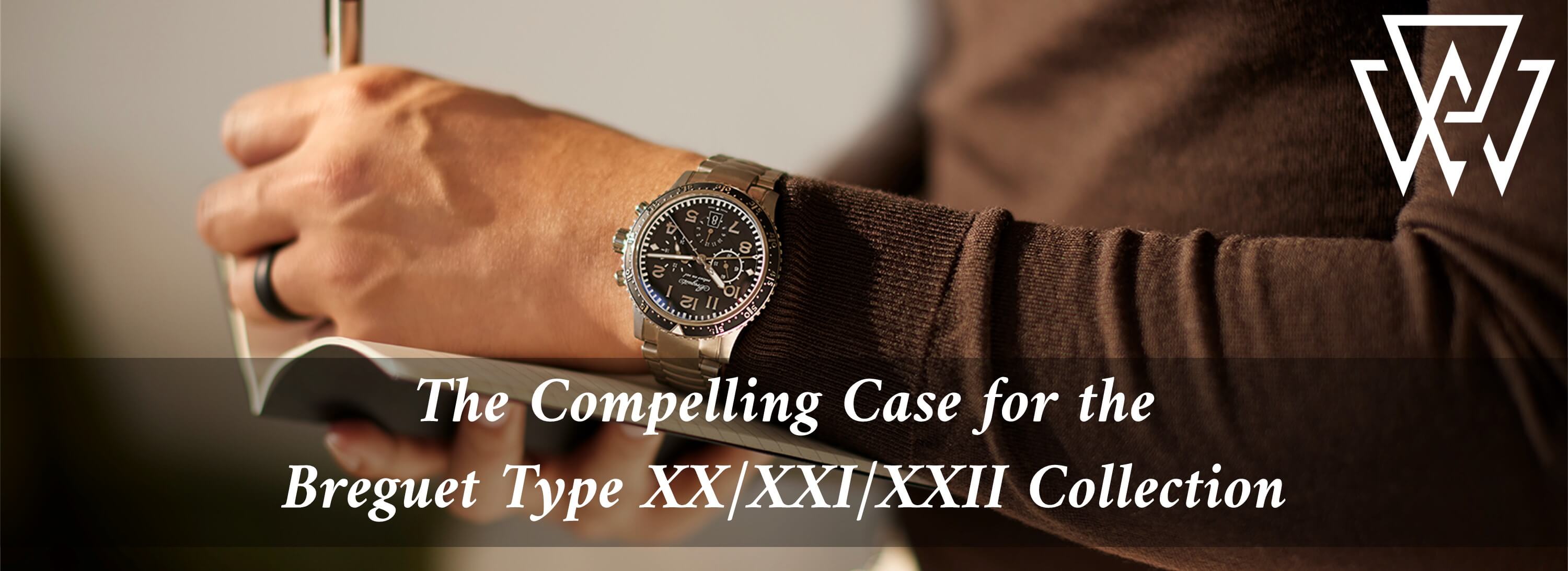
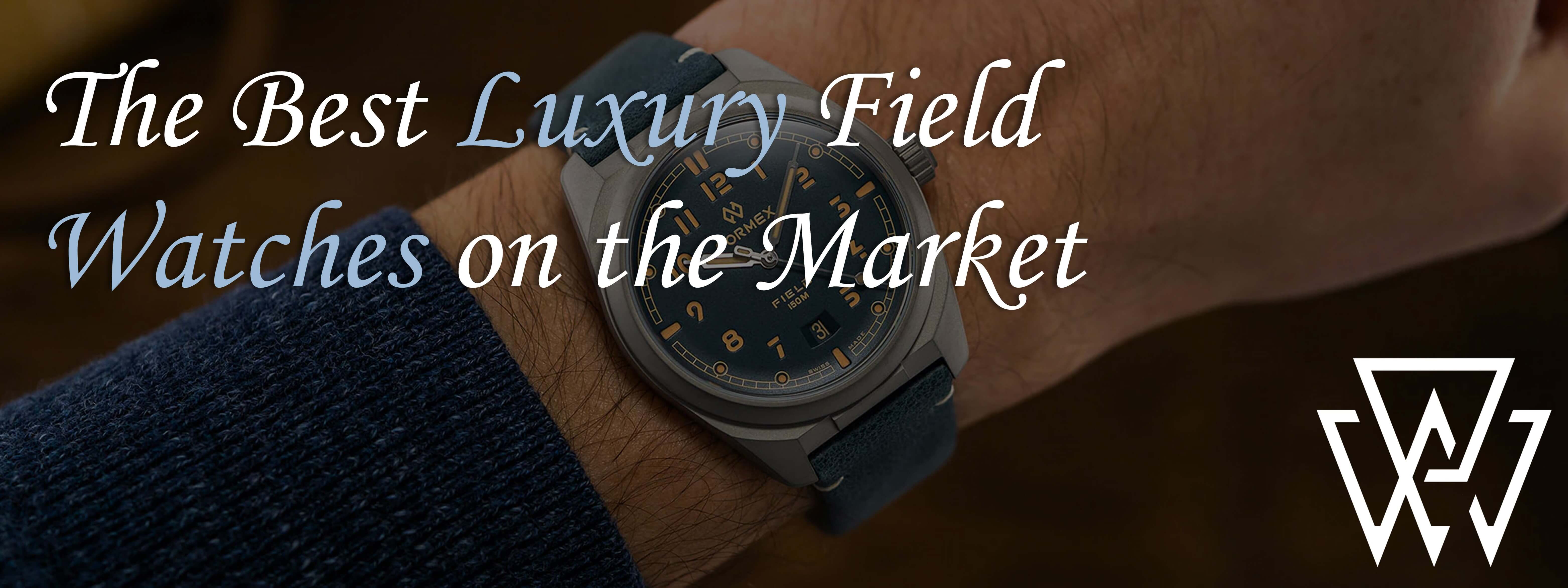
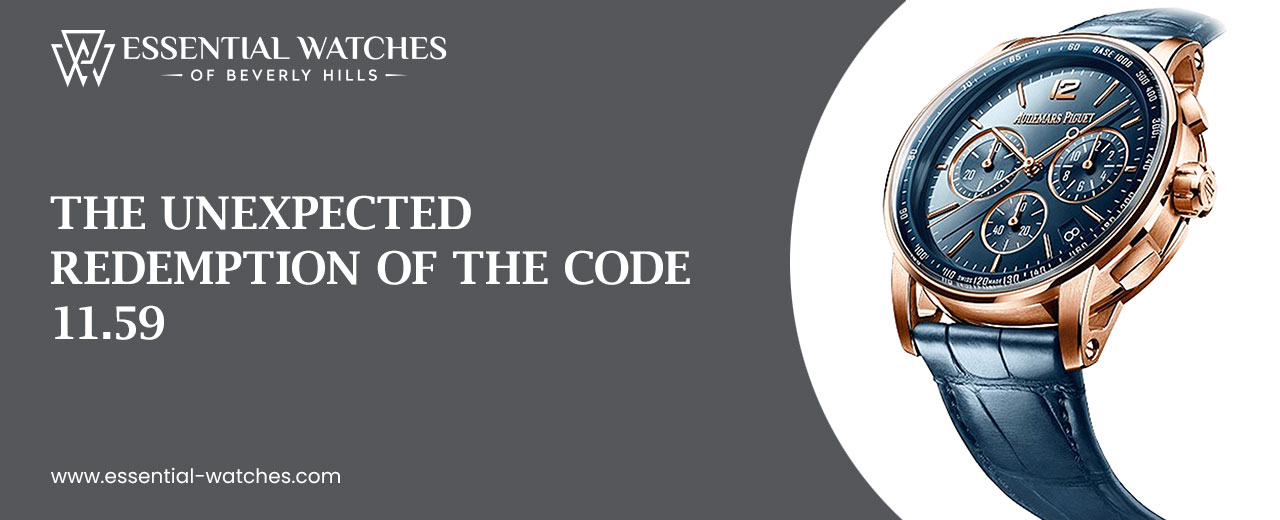
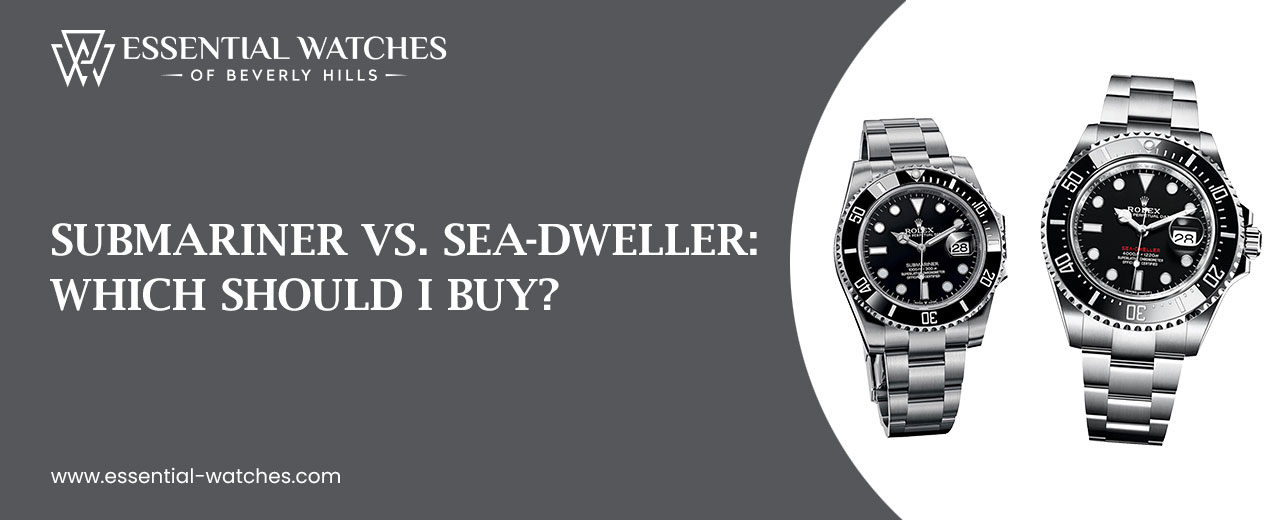
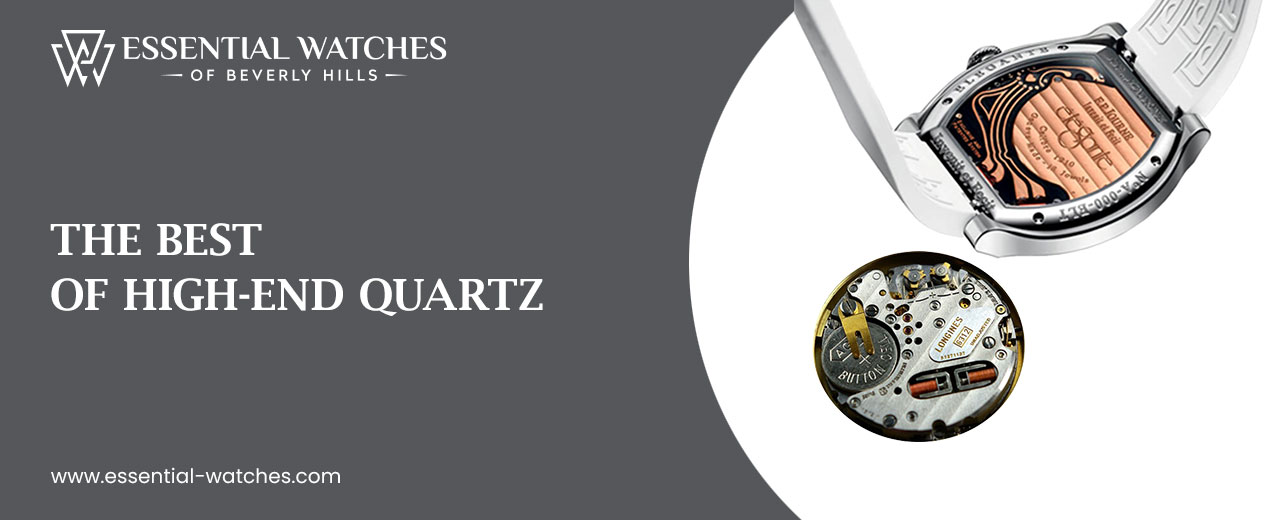
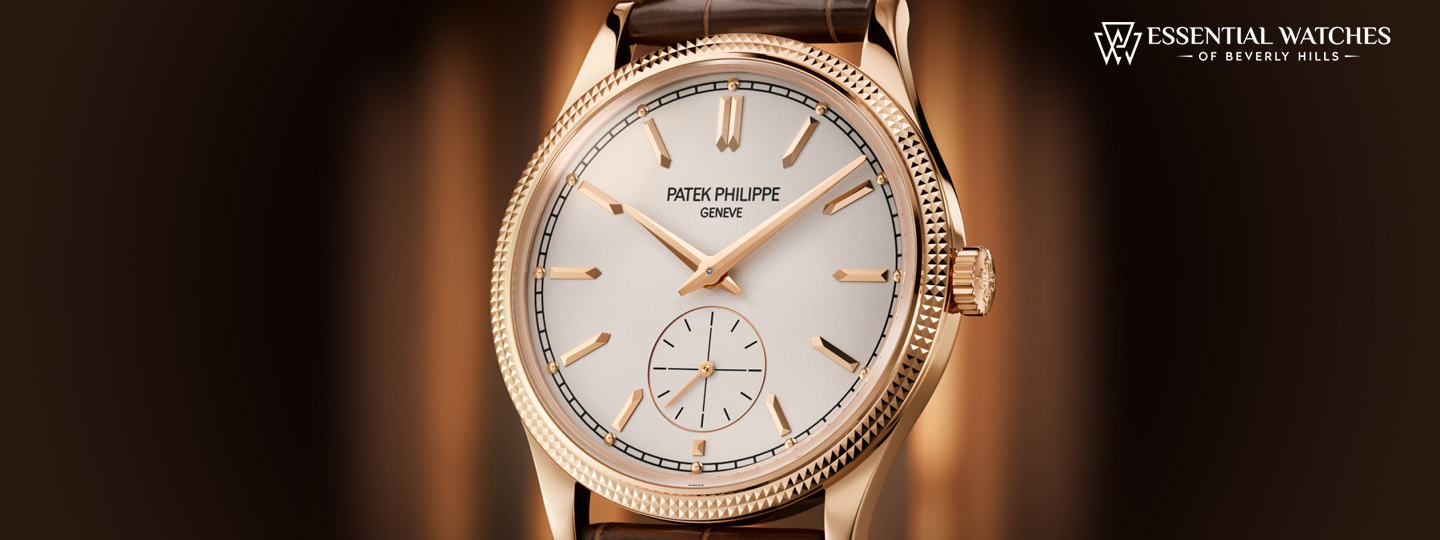

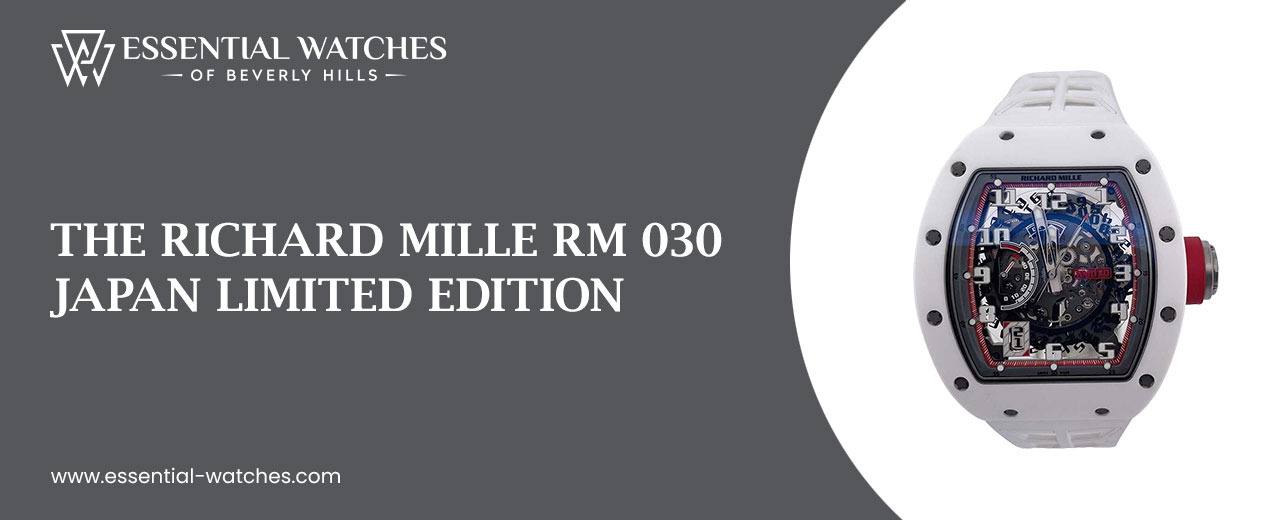
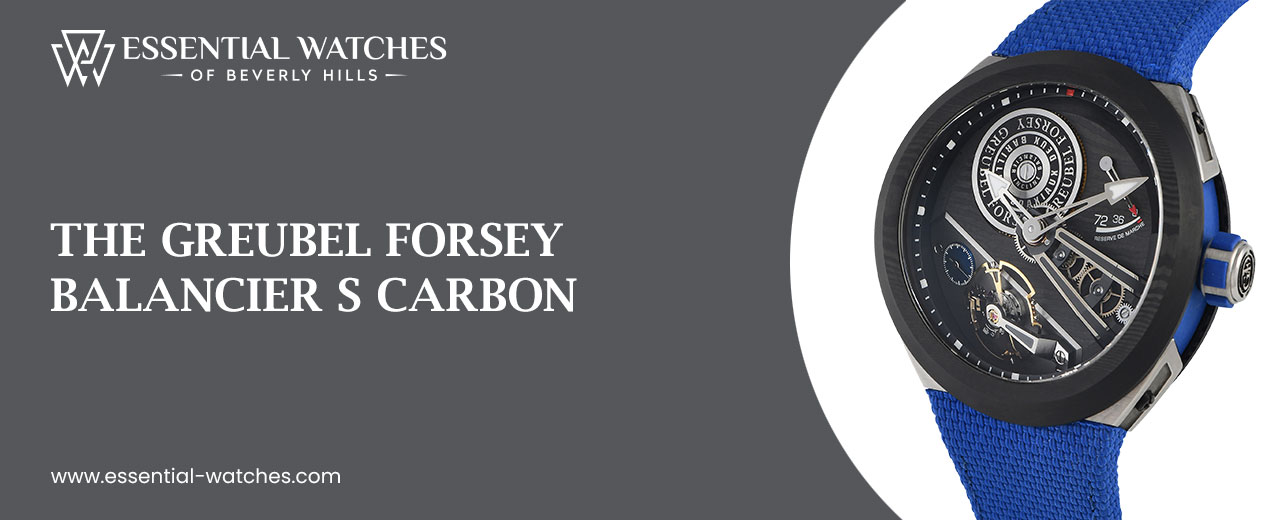
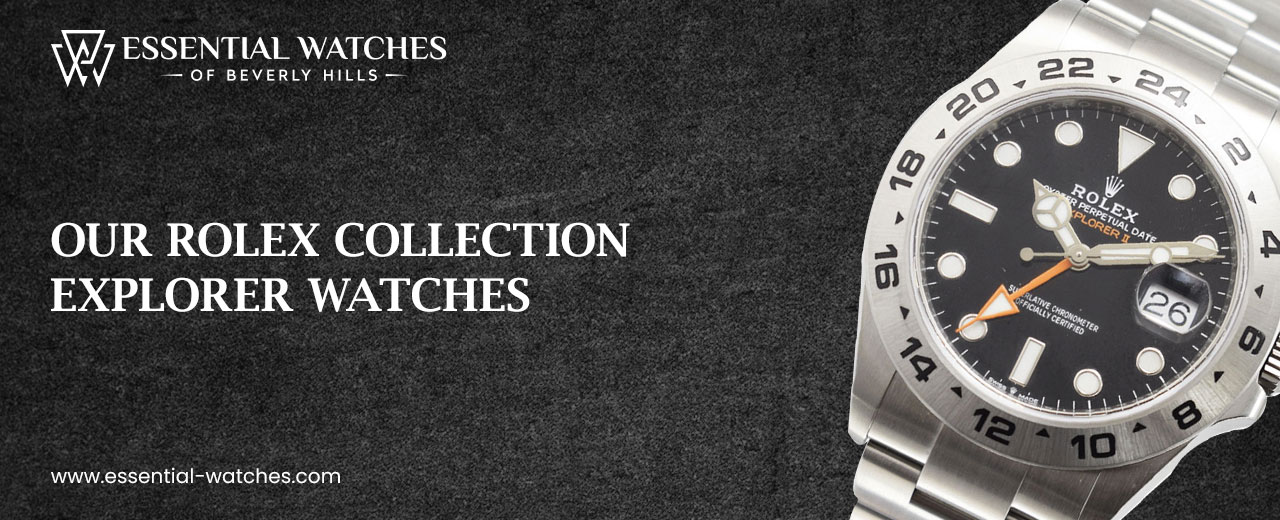
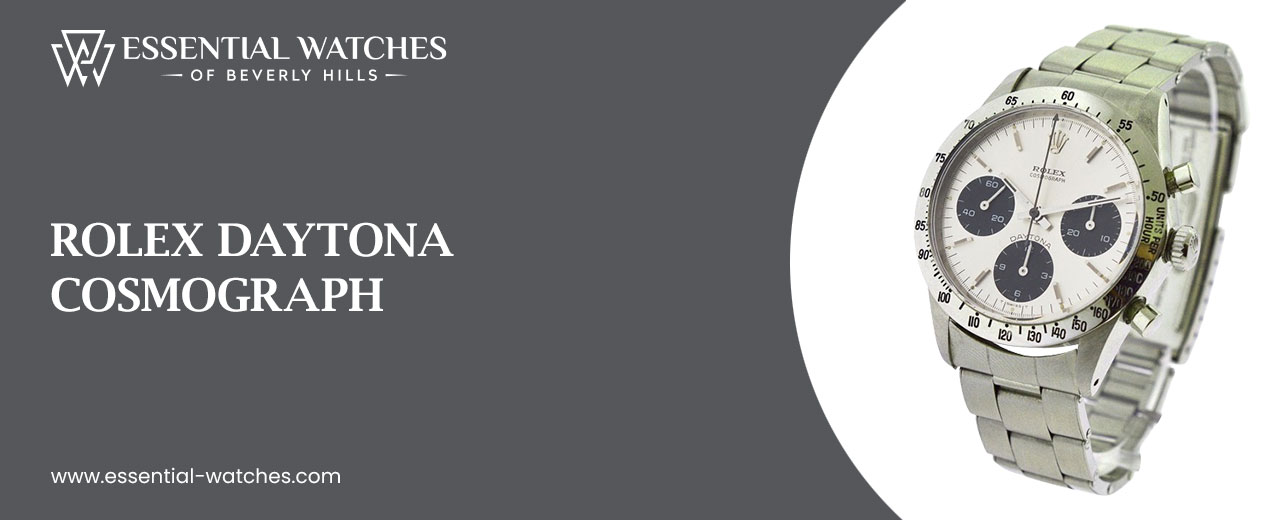
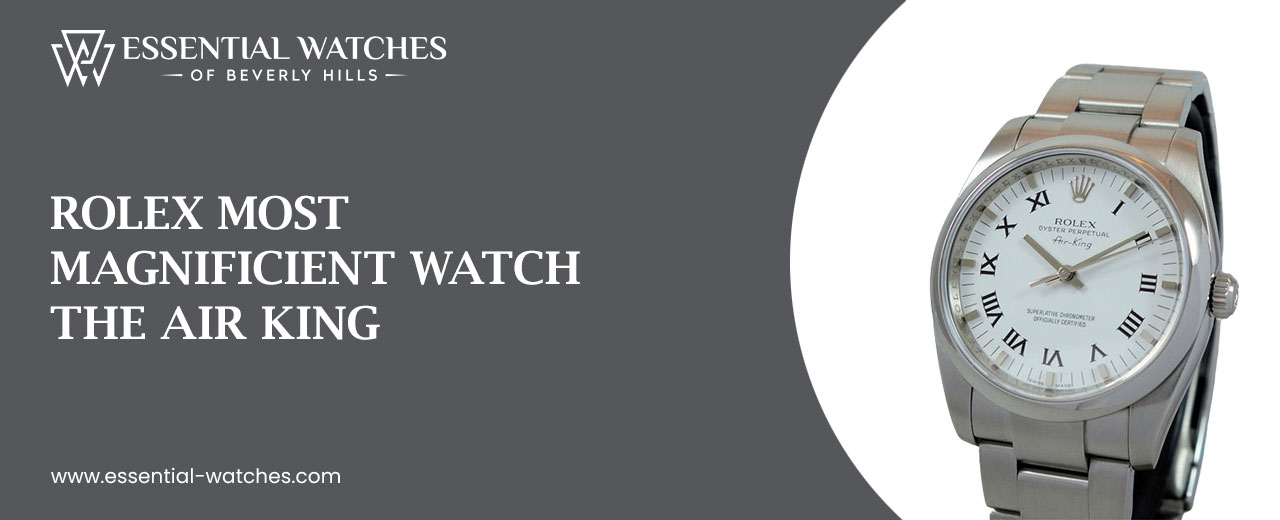



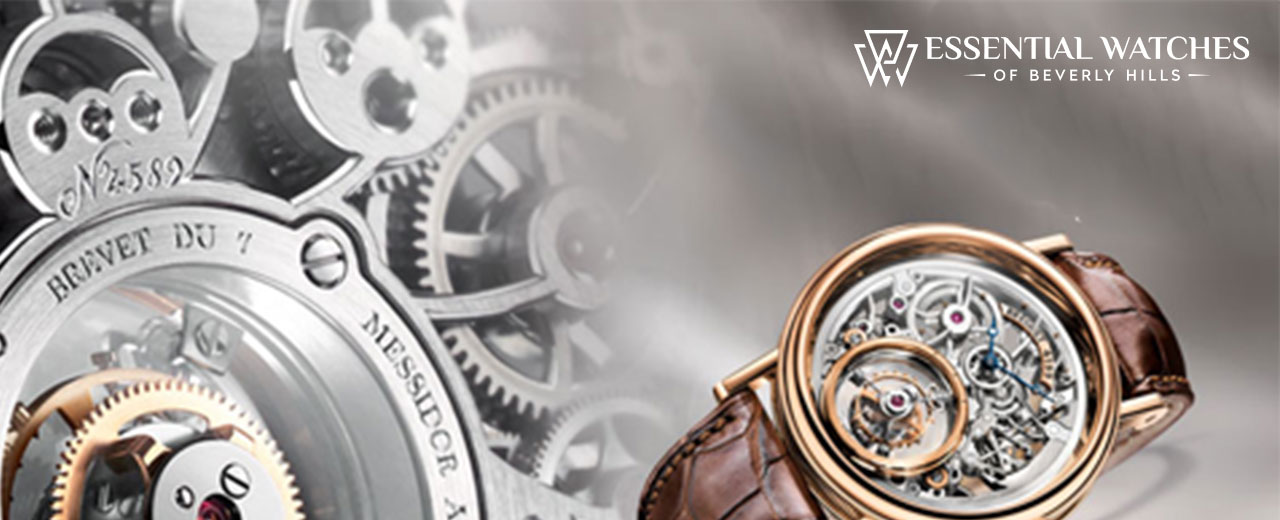

0 Comments